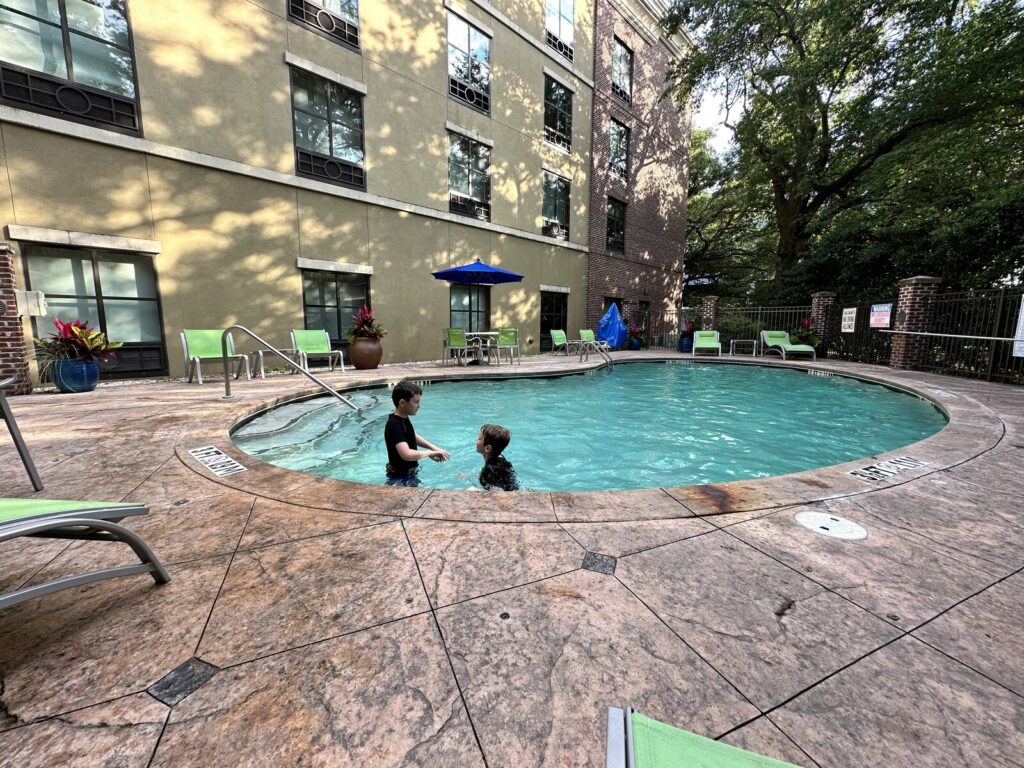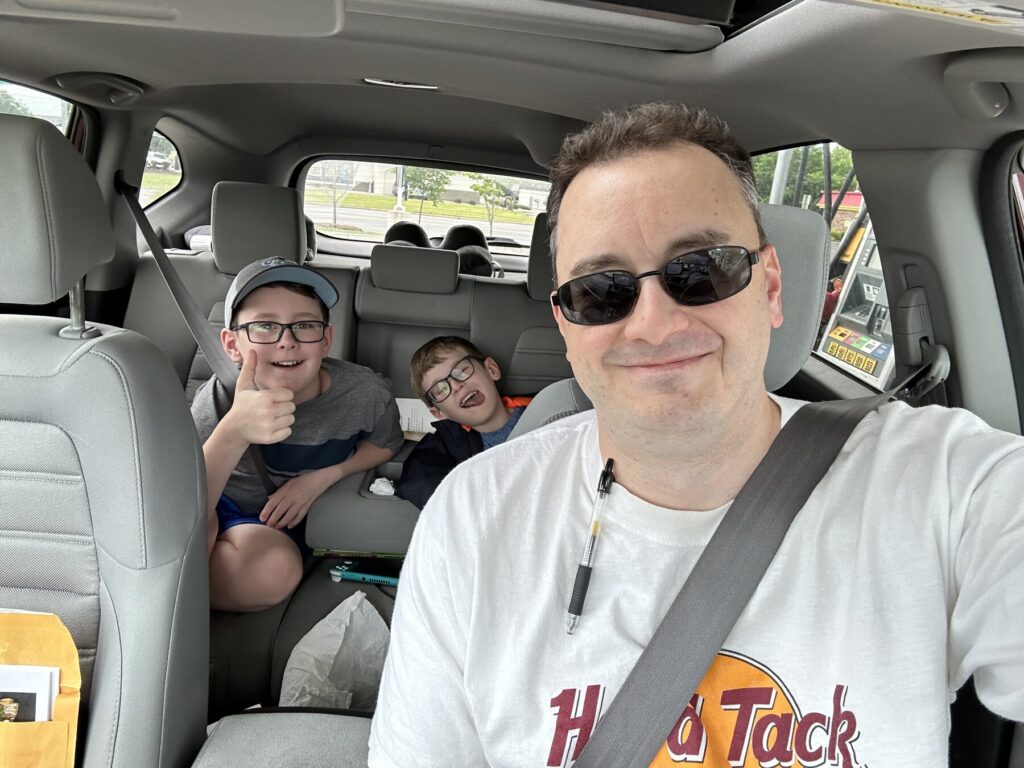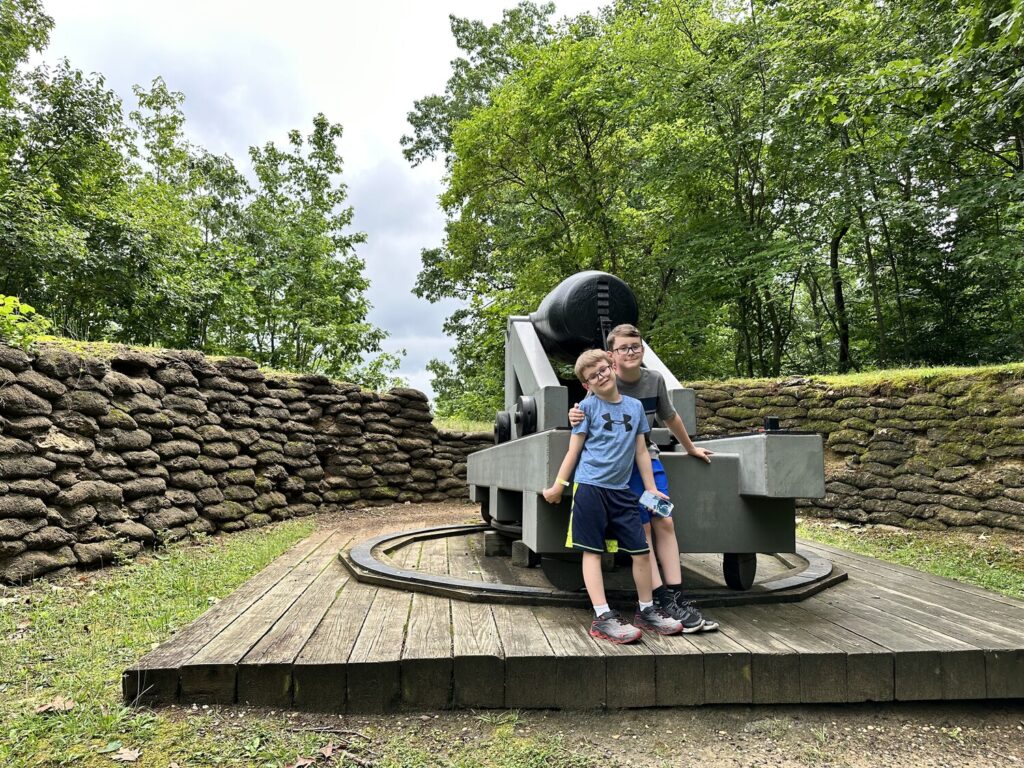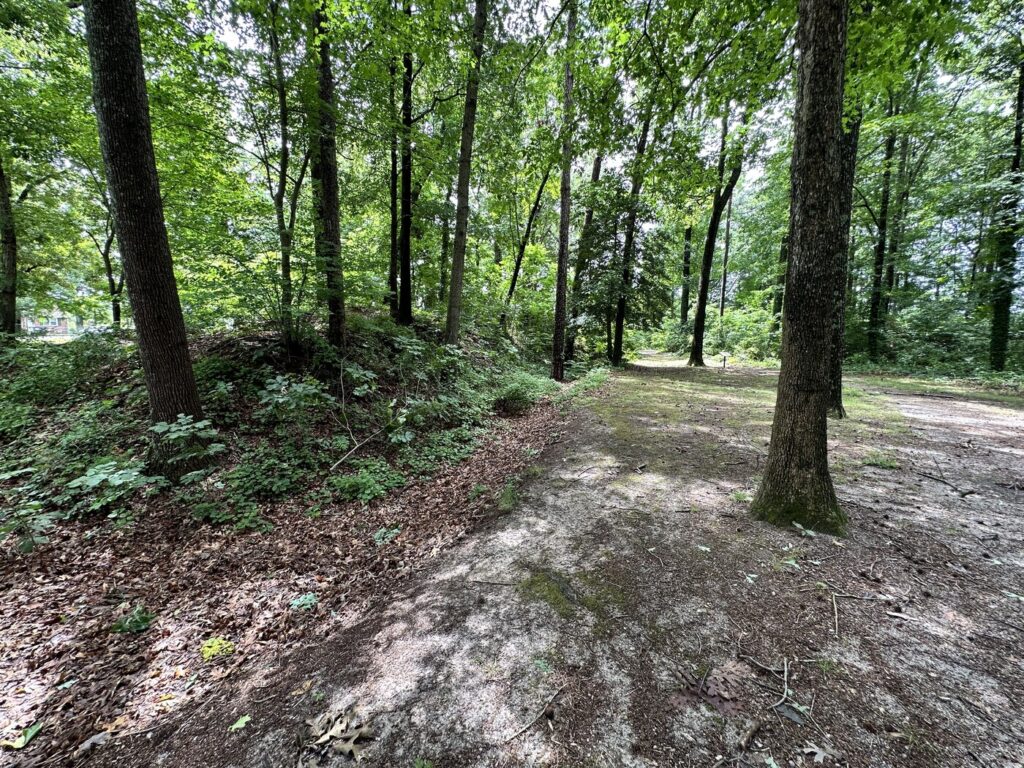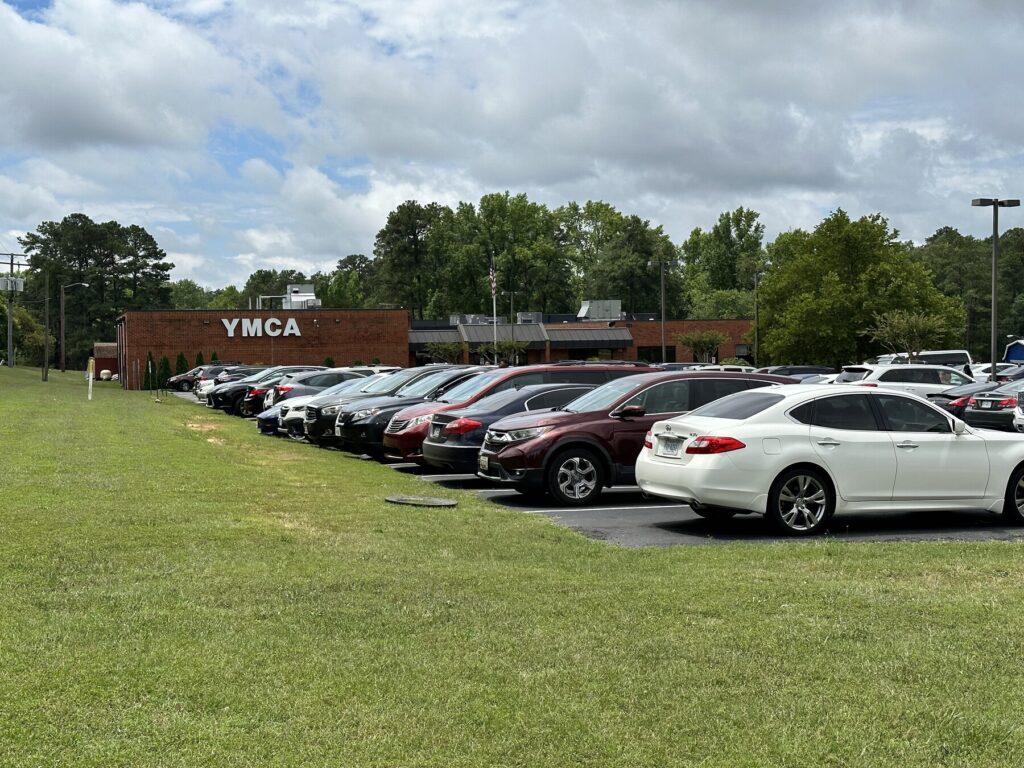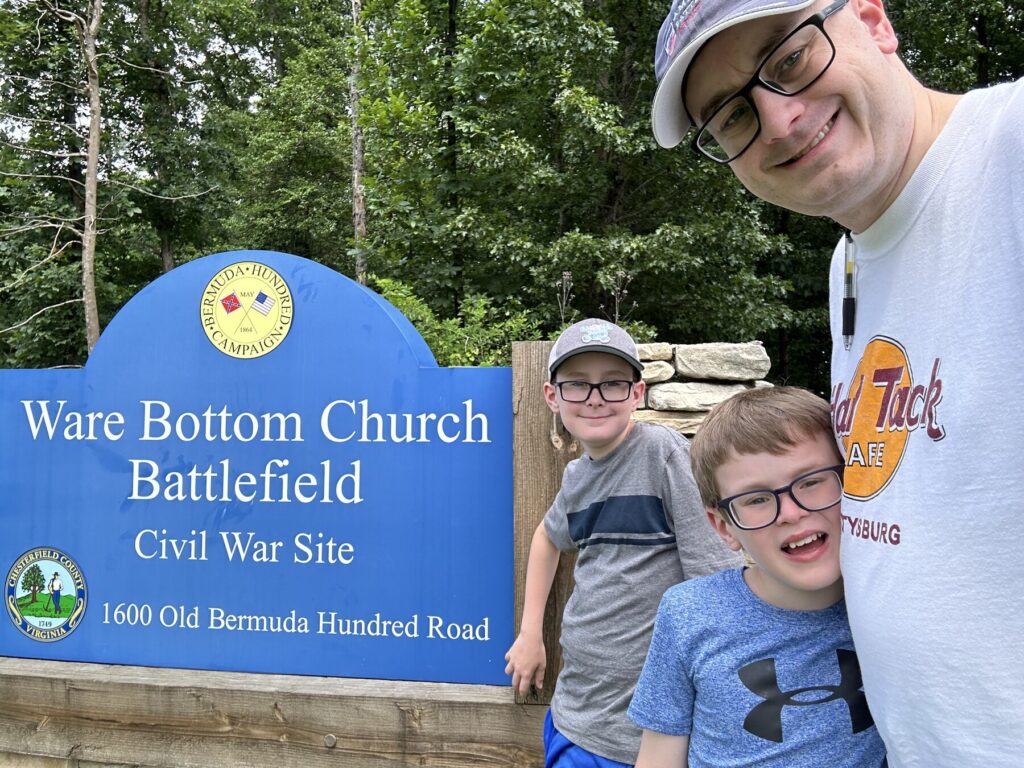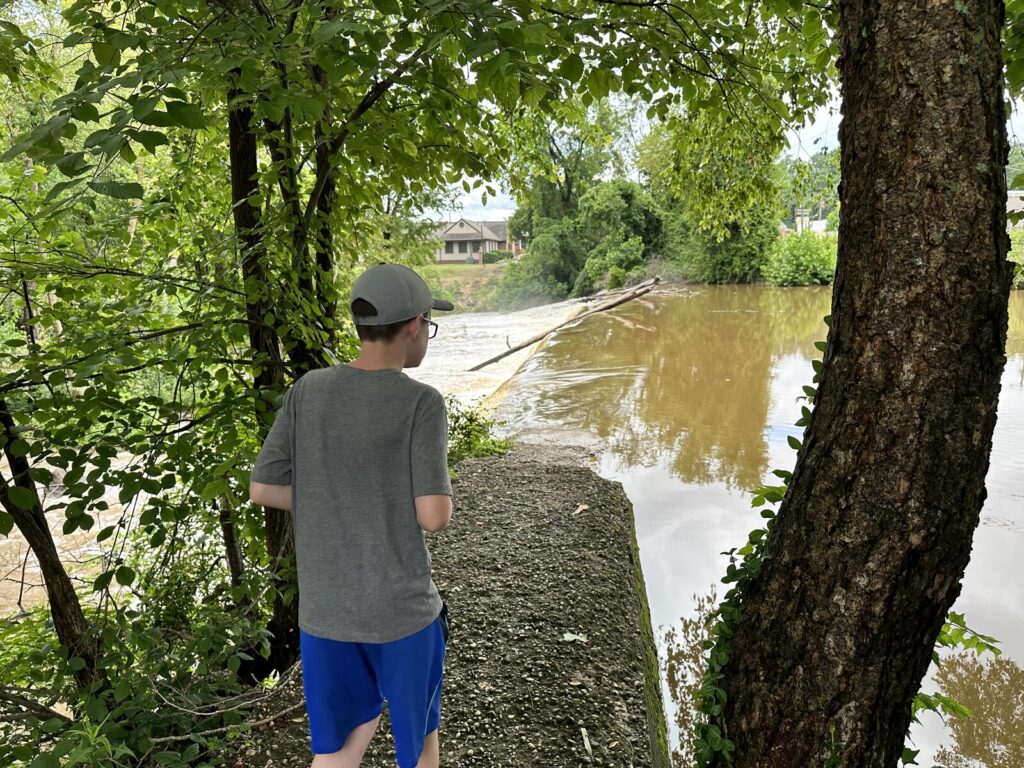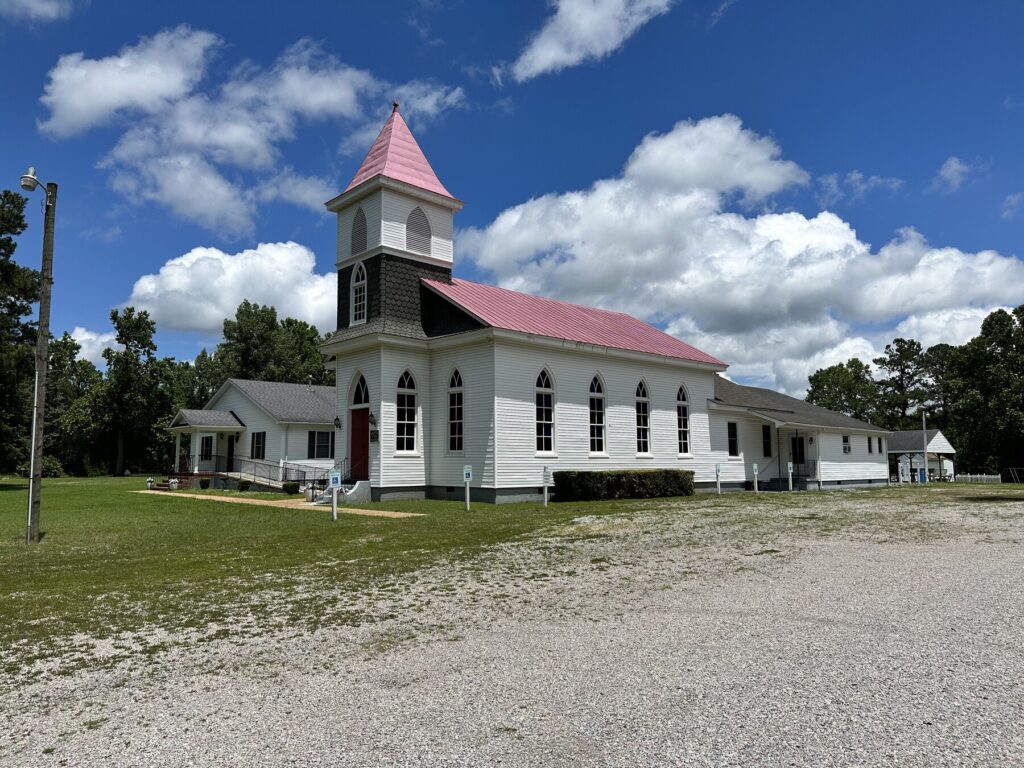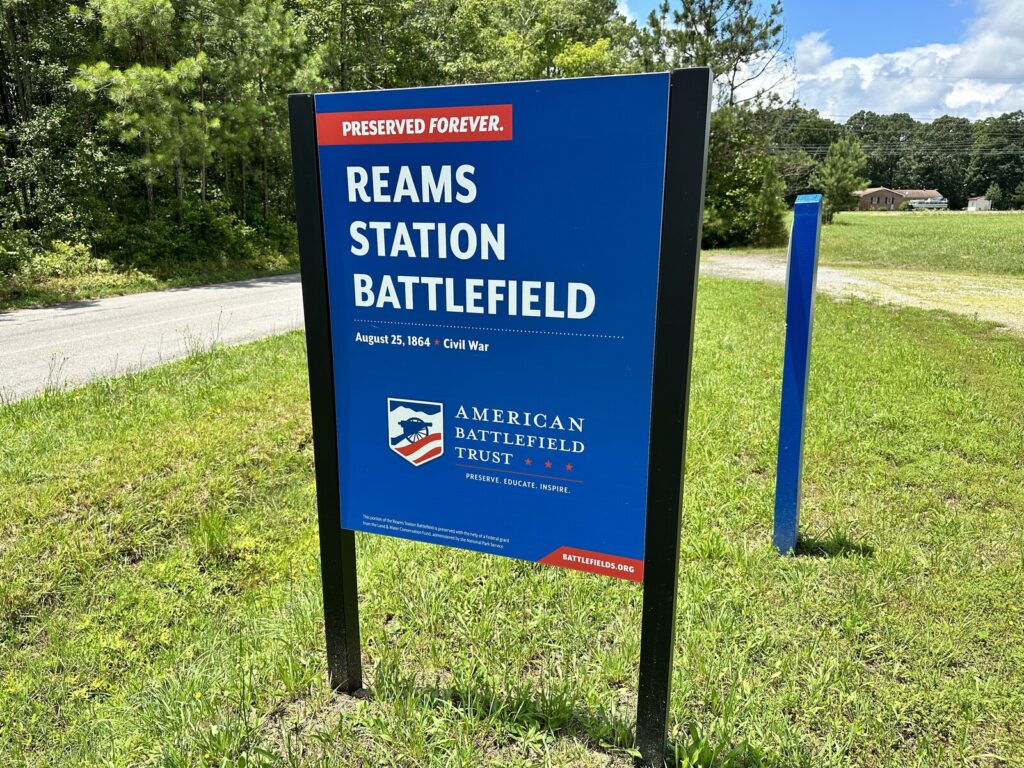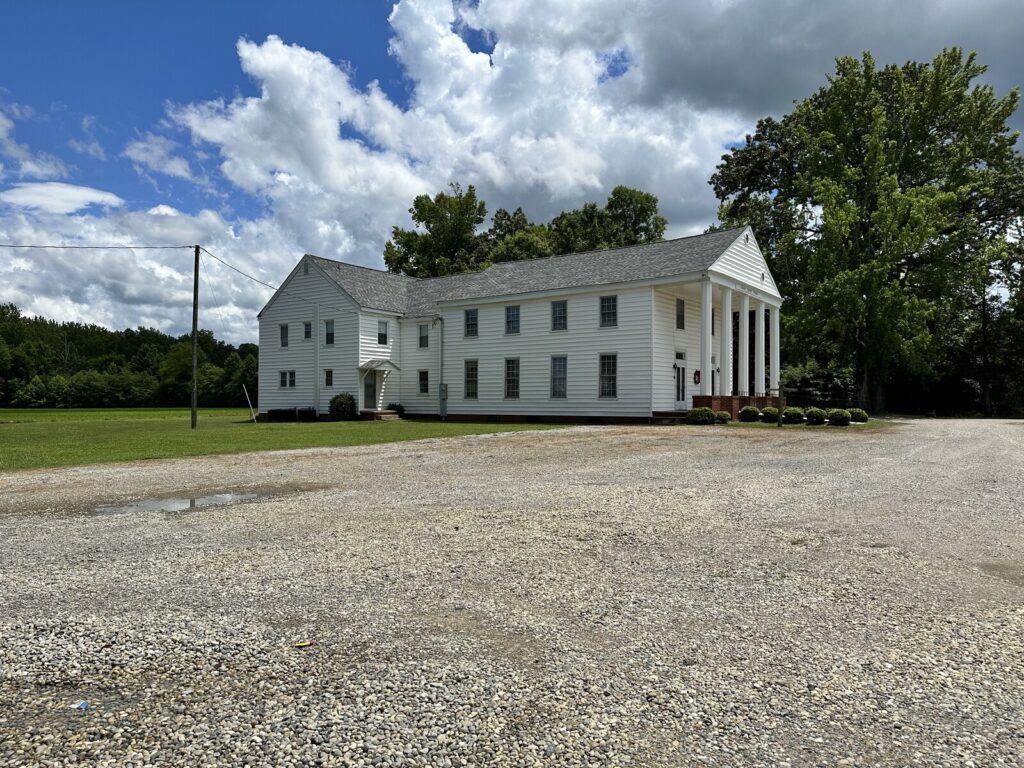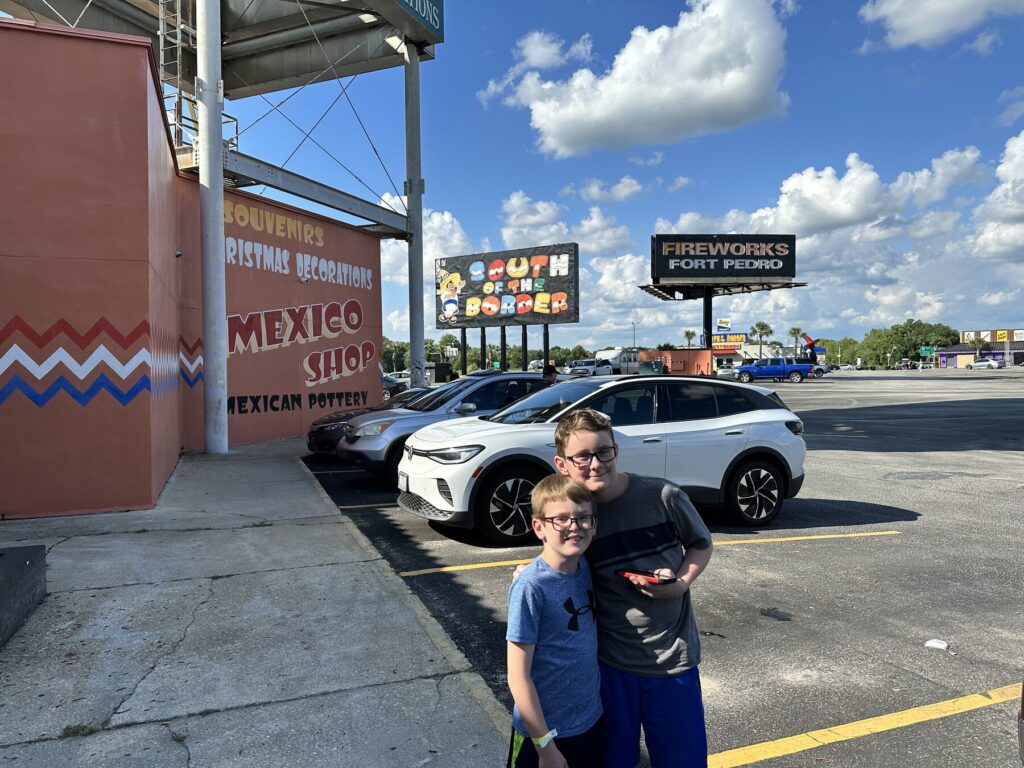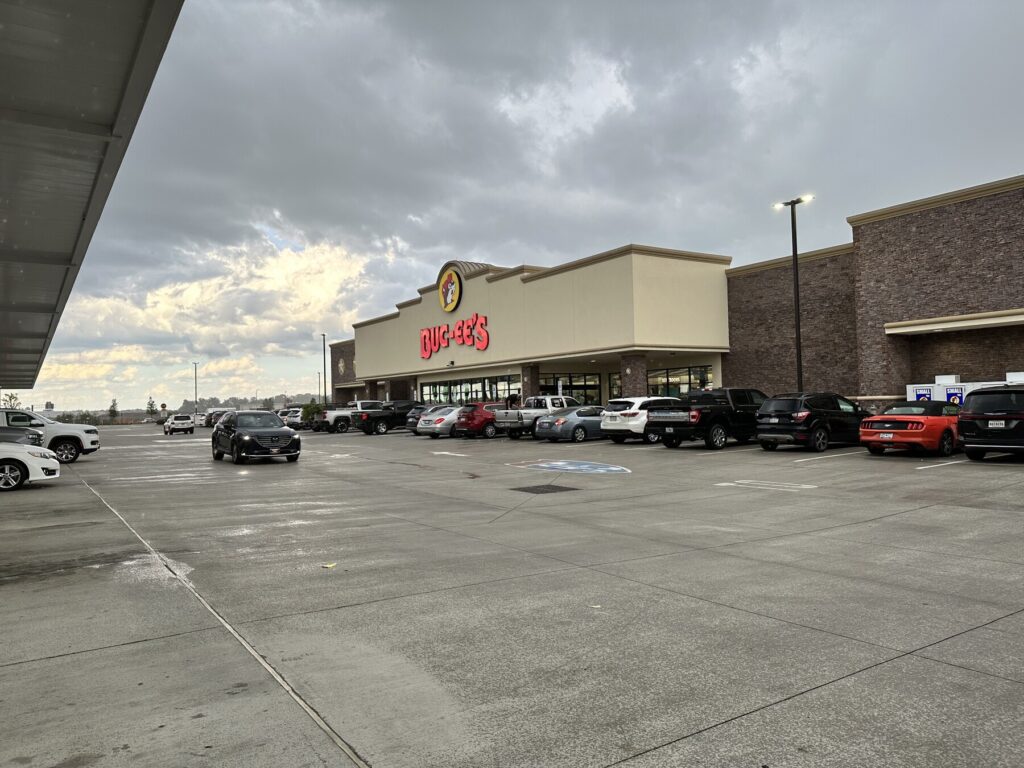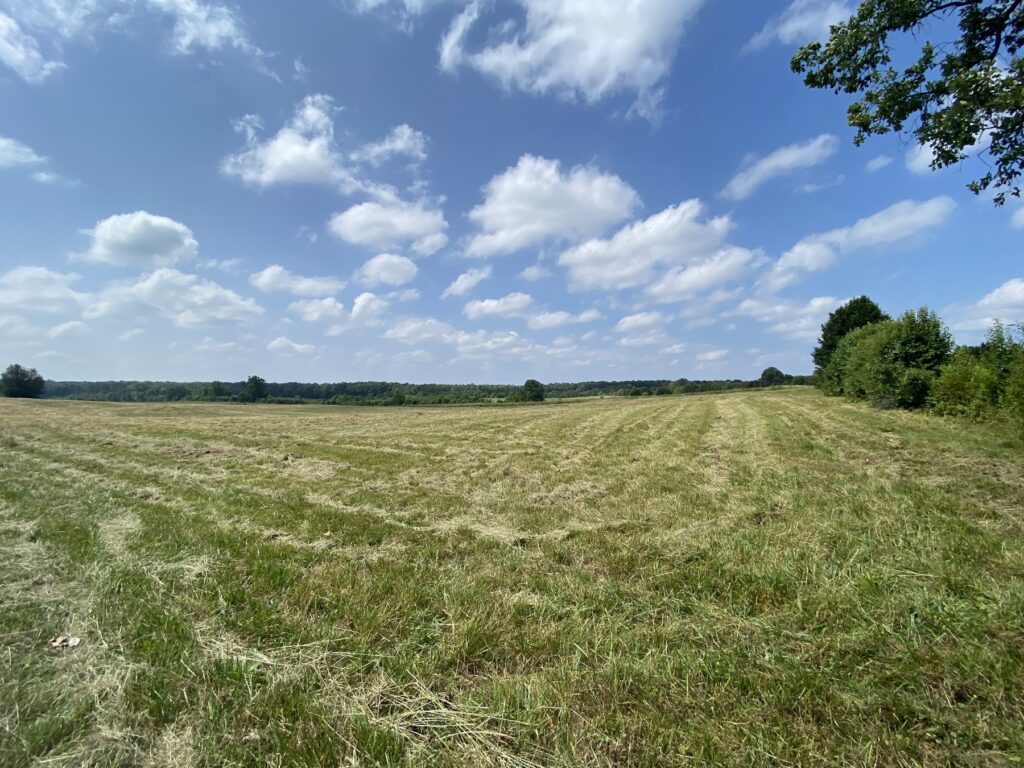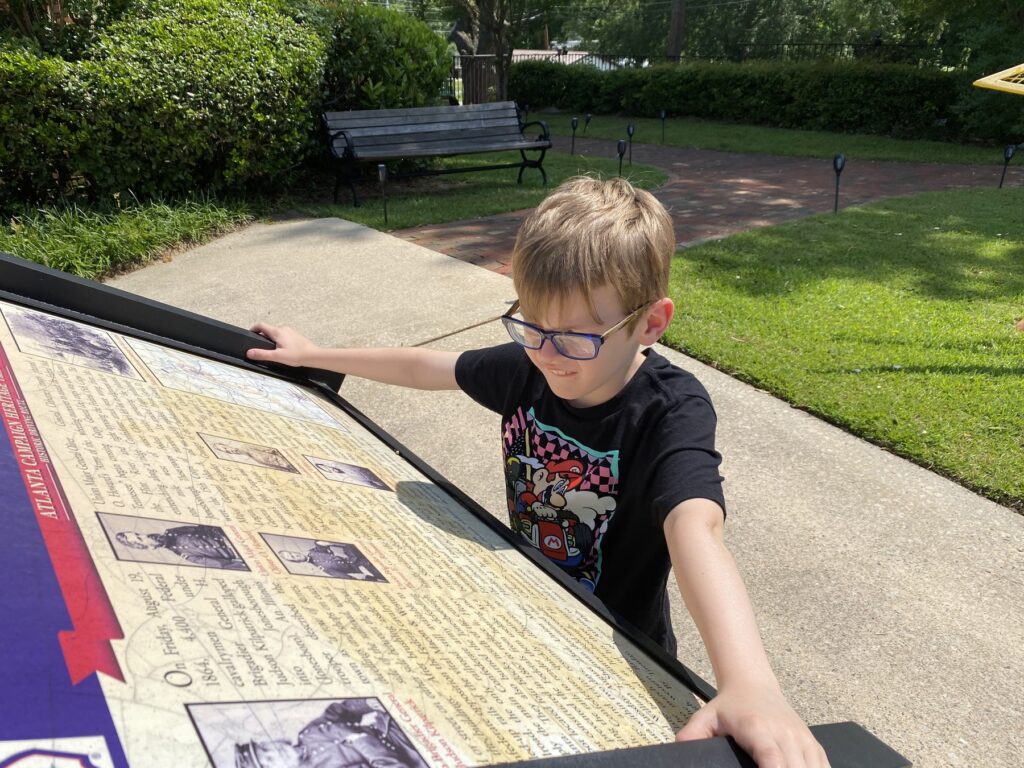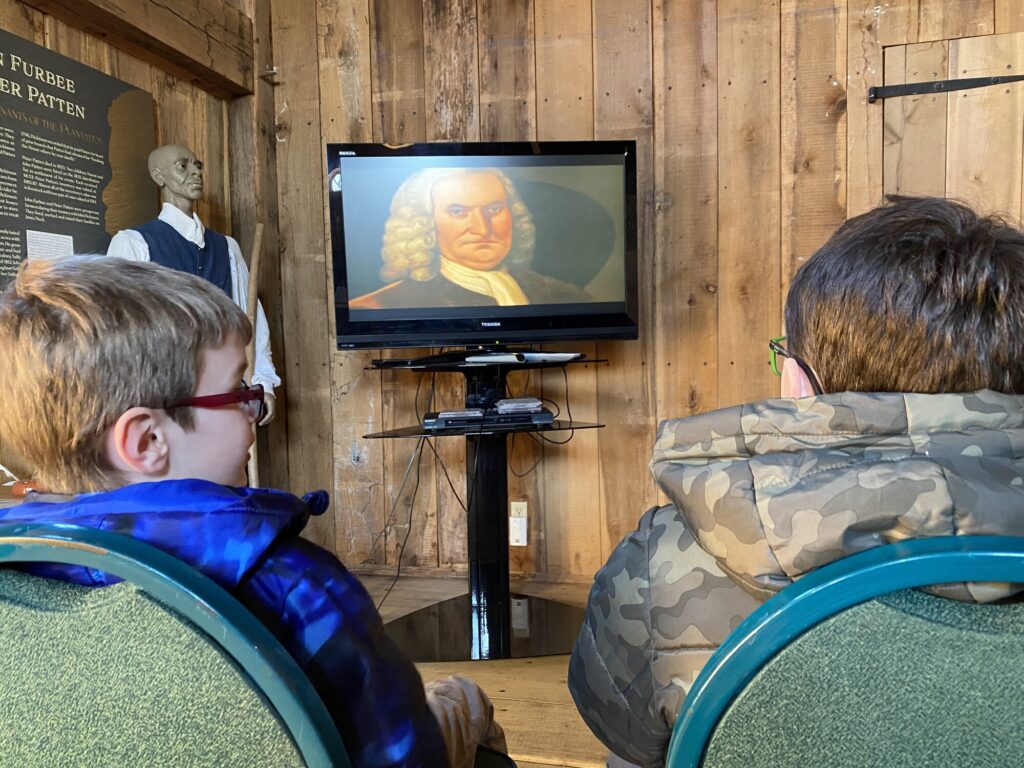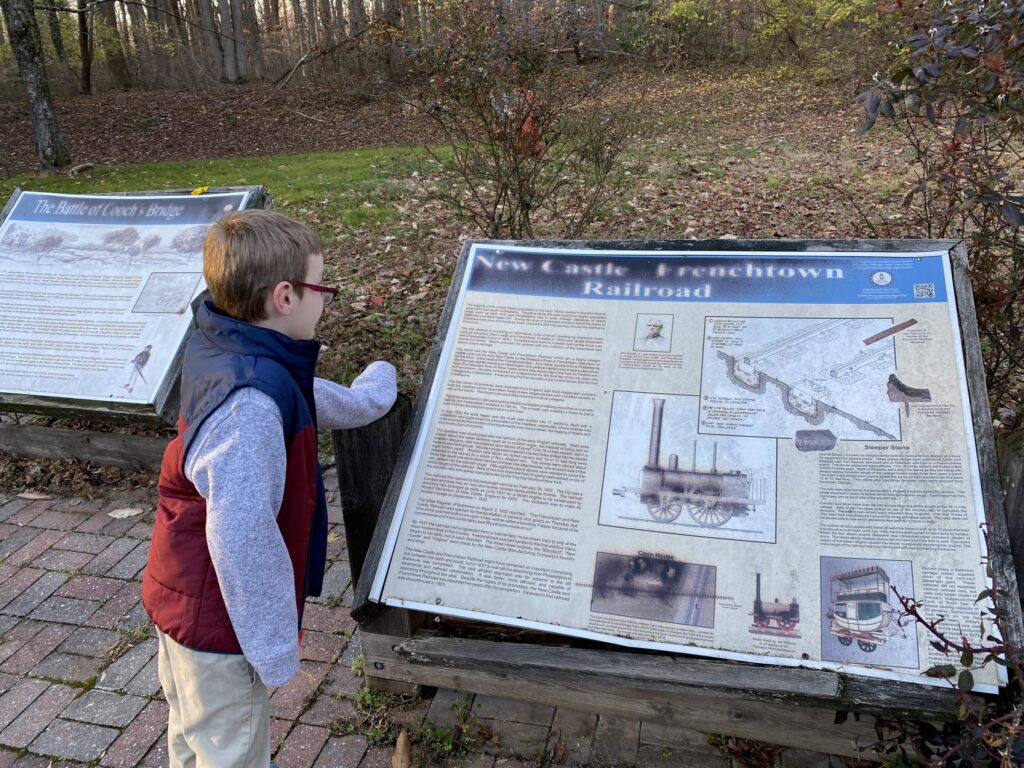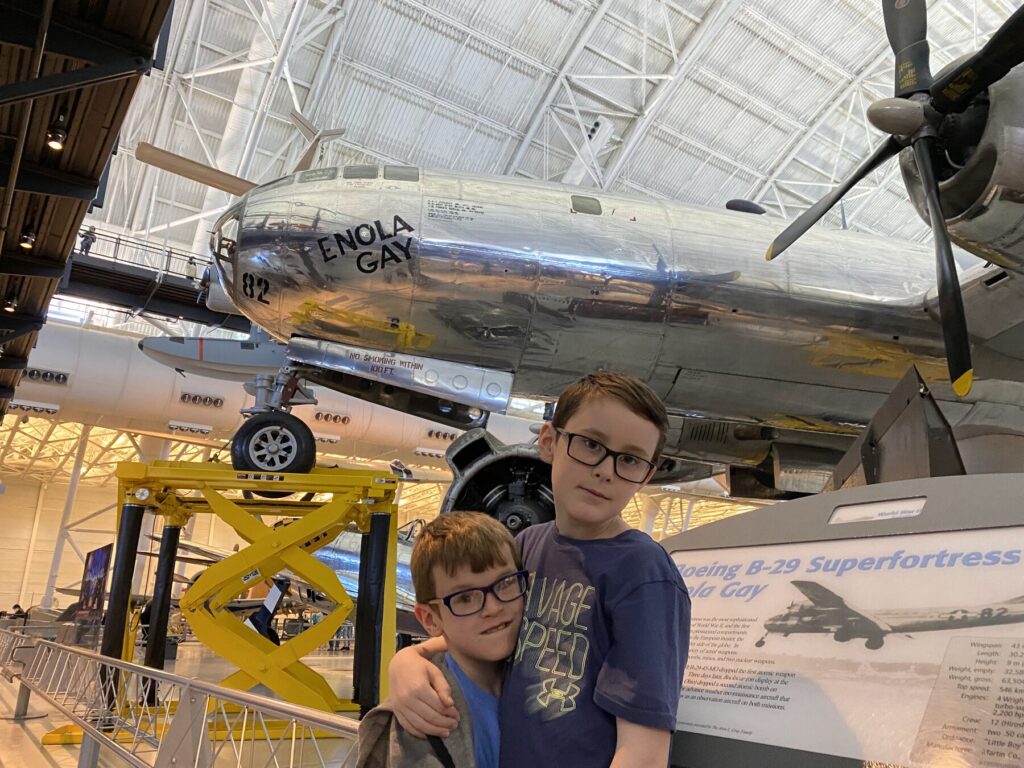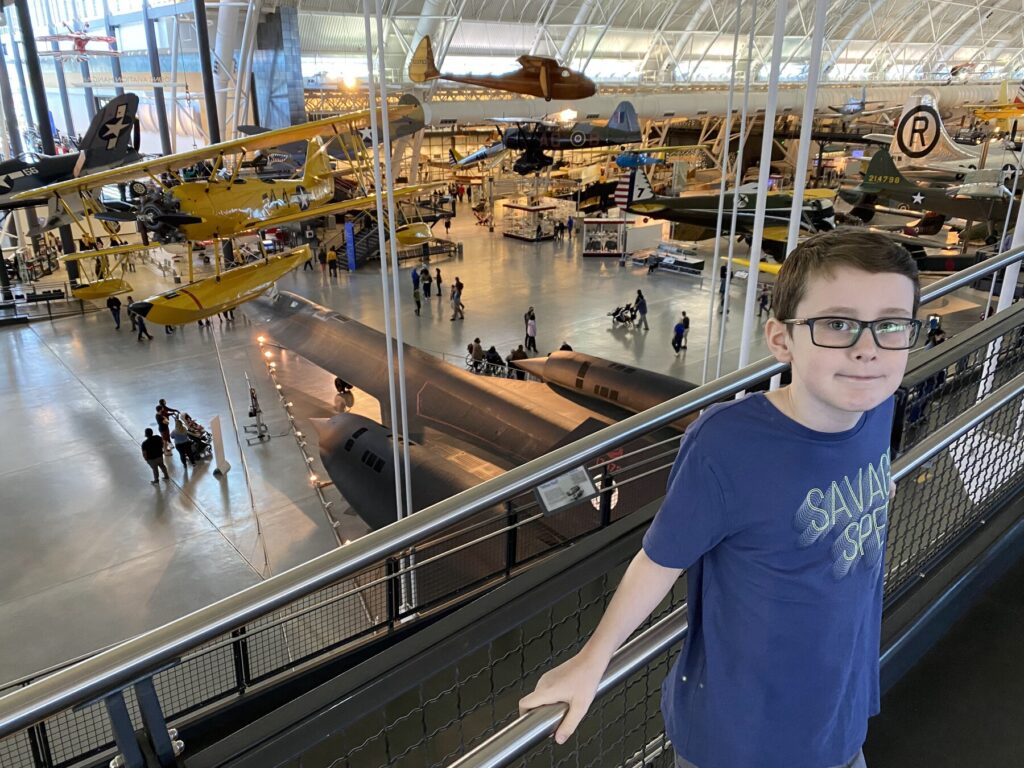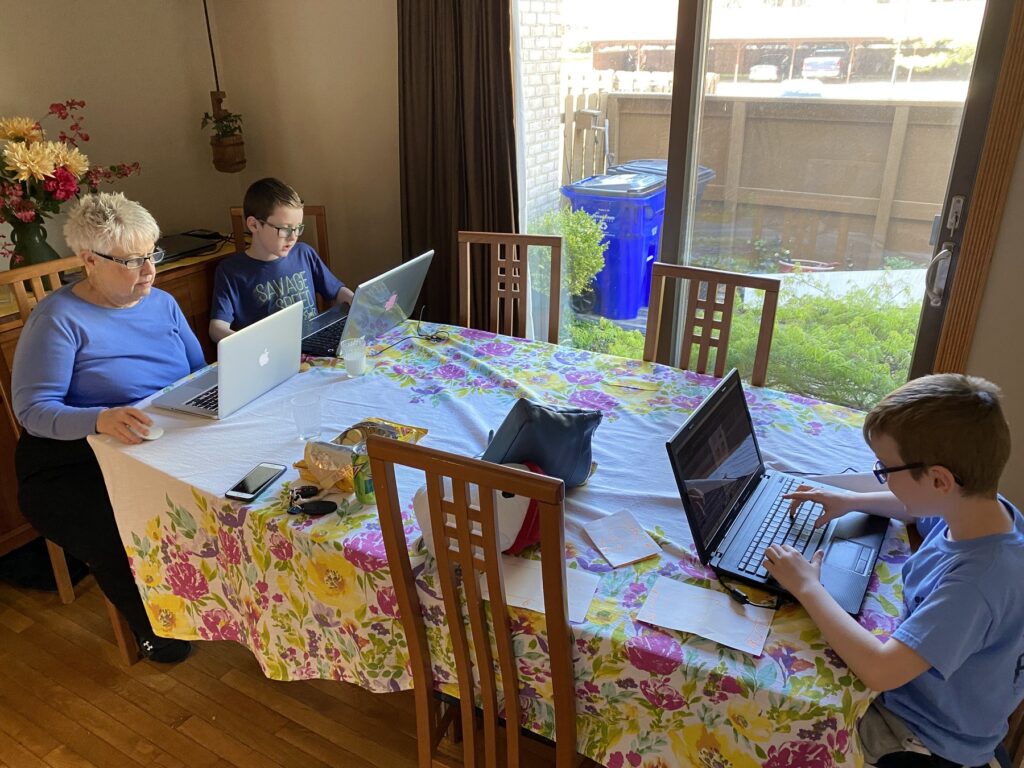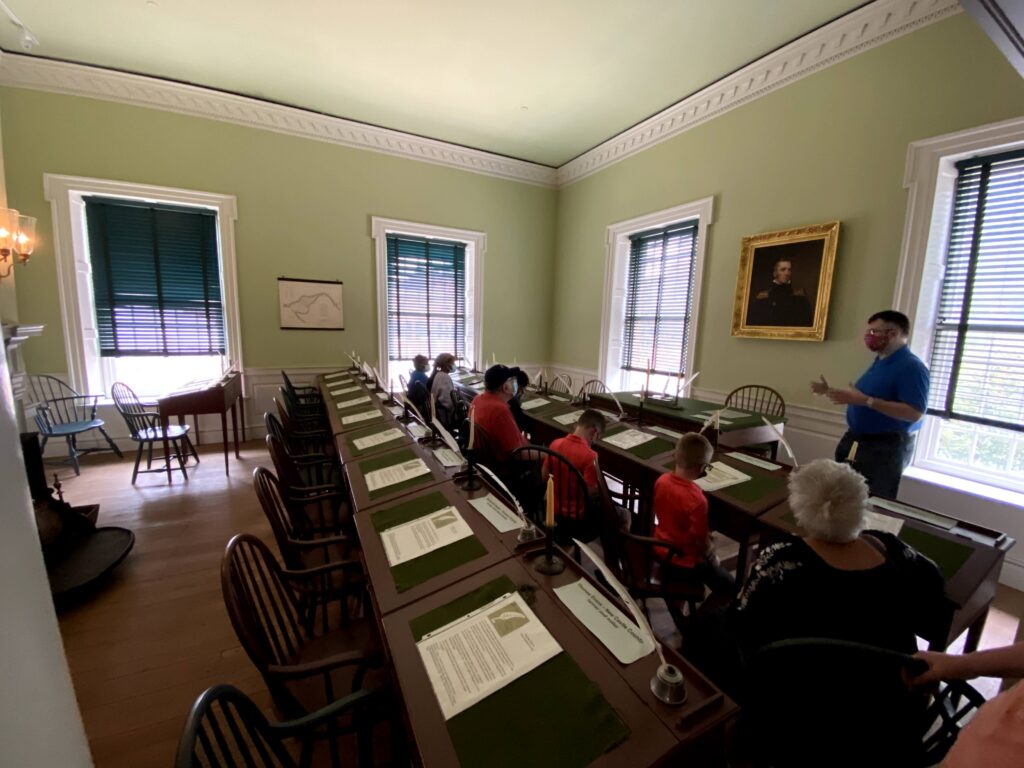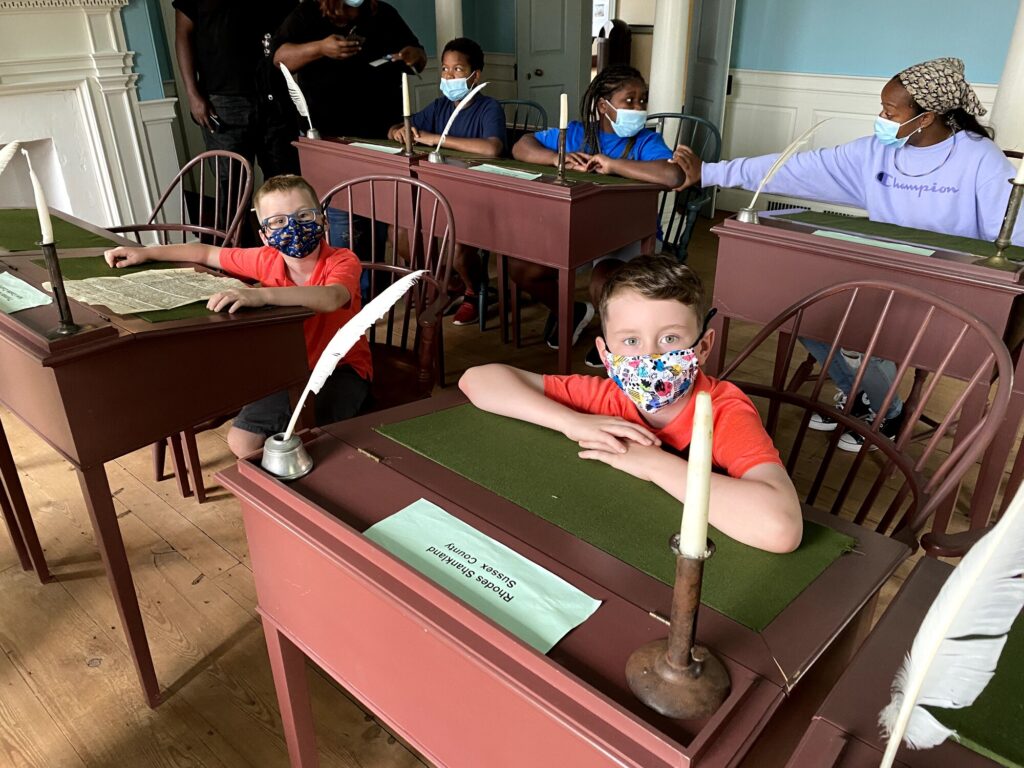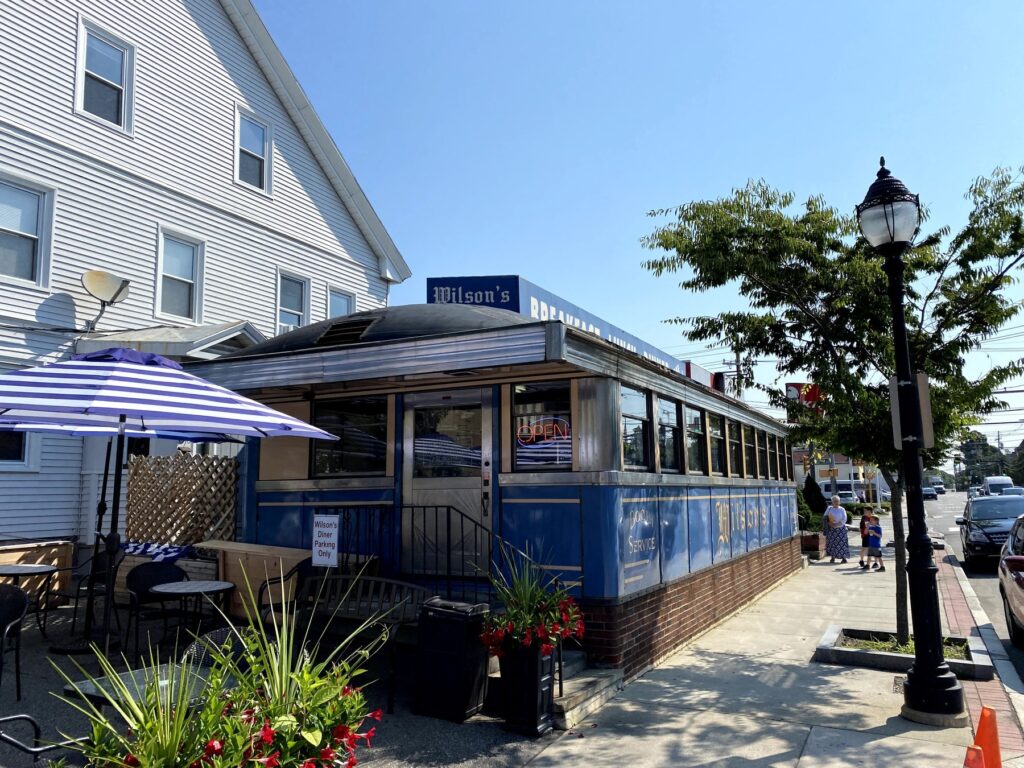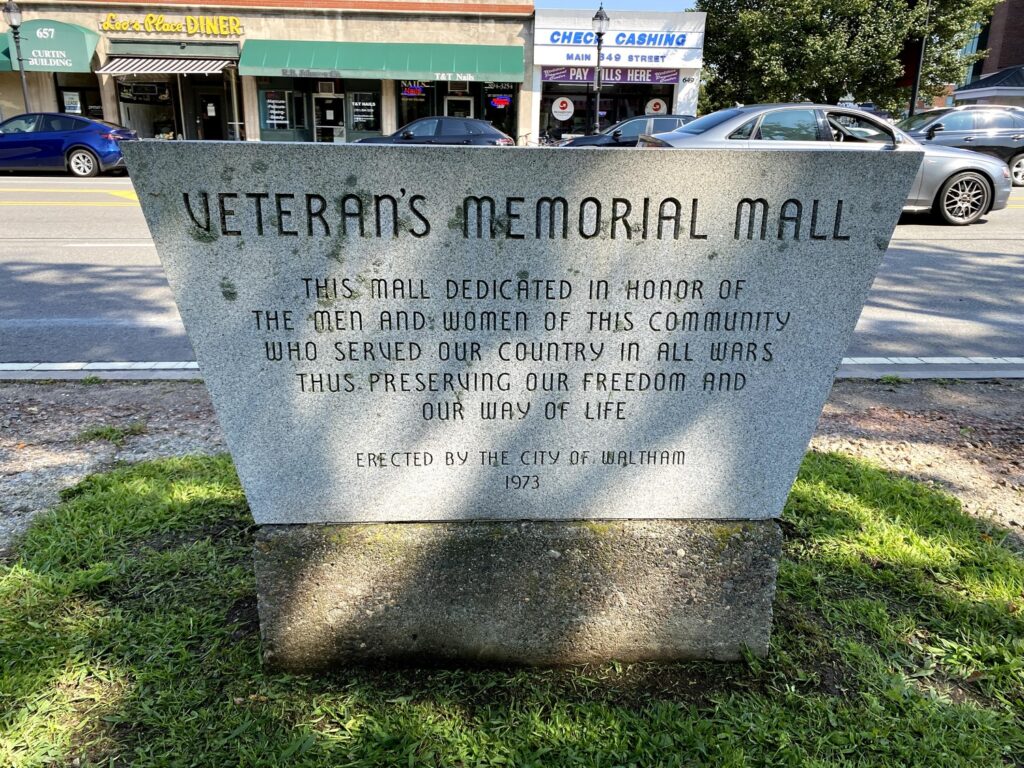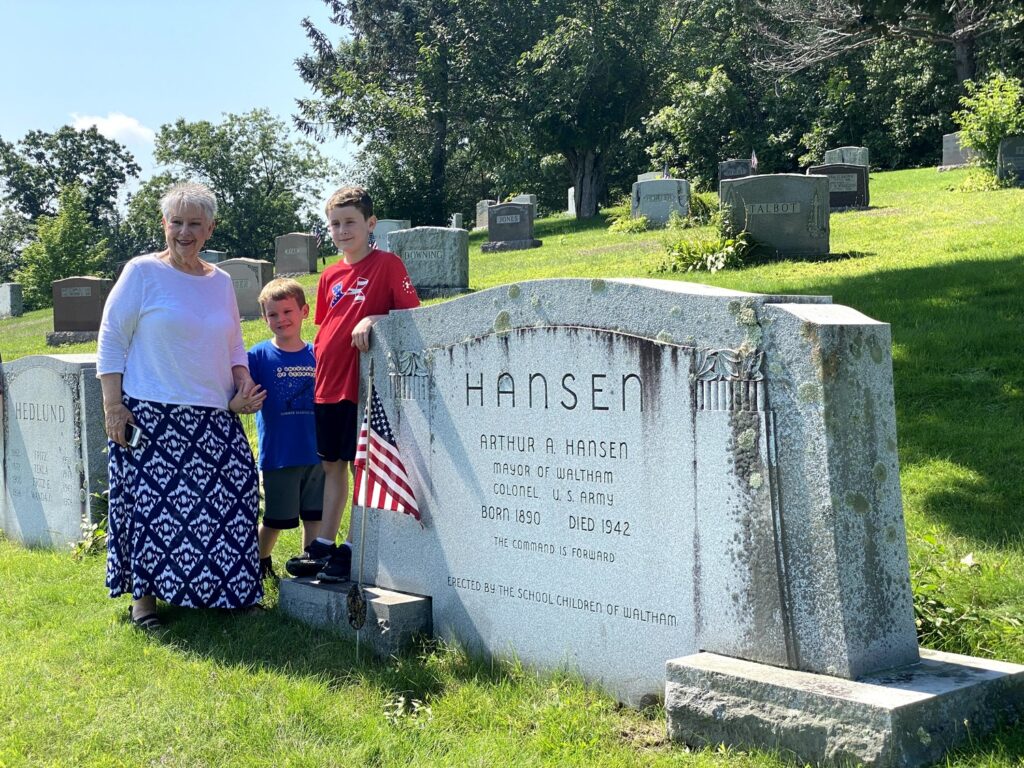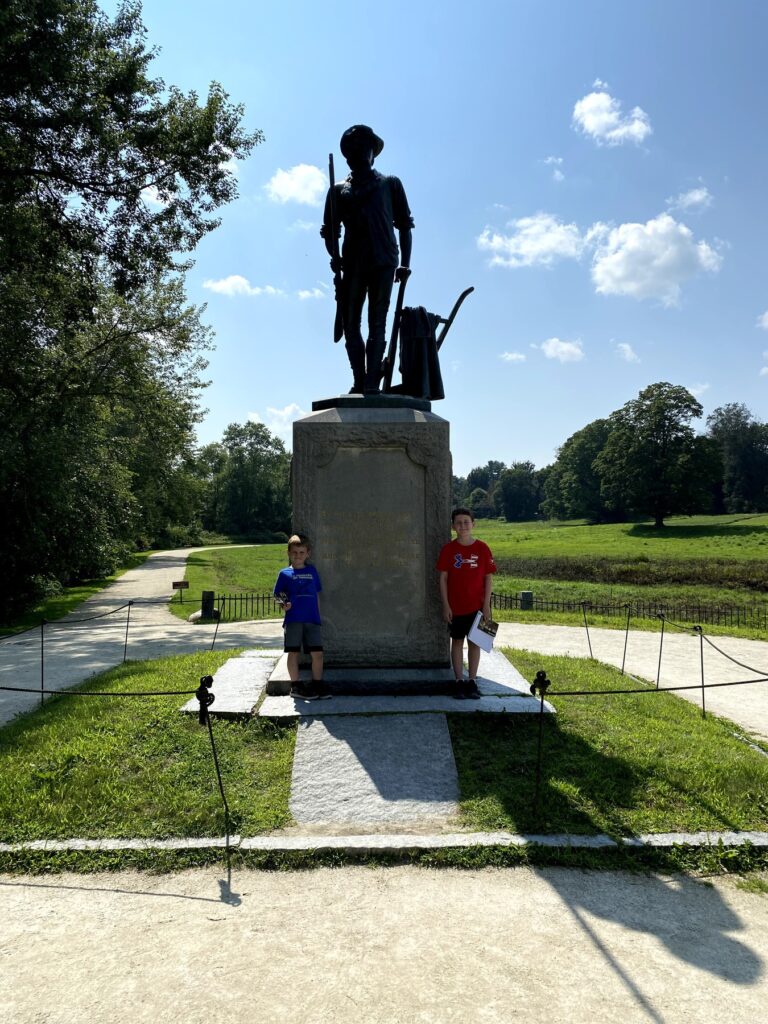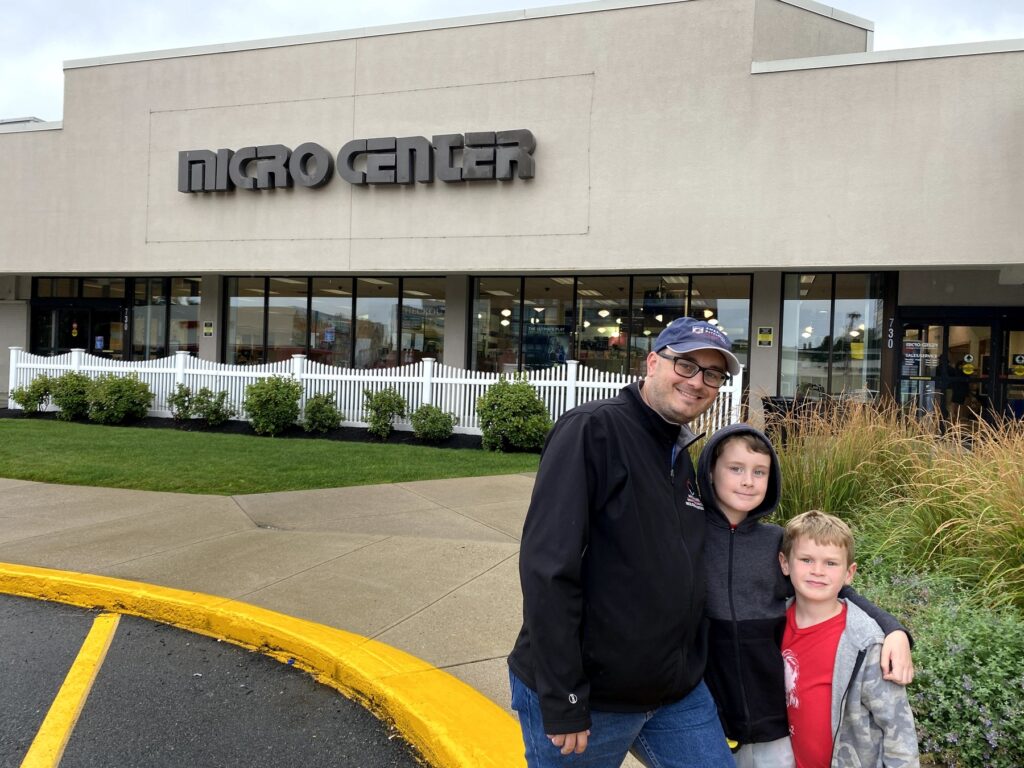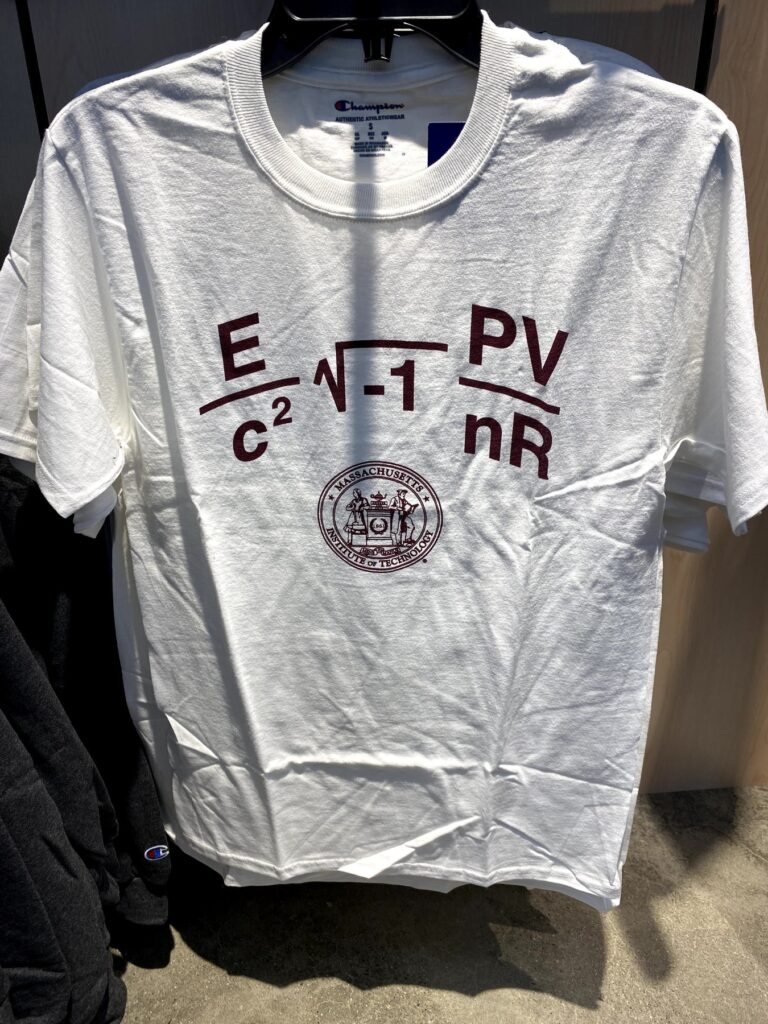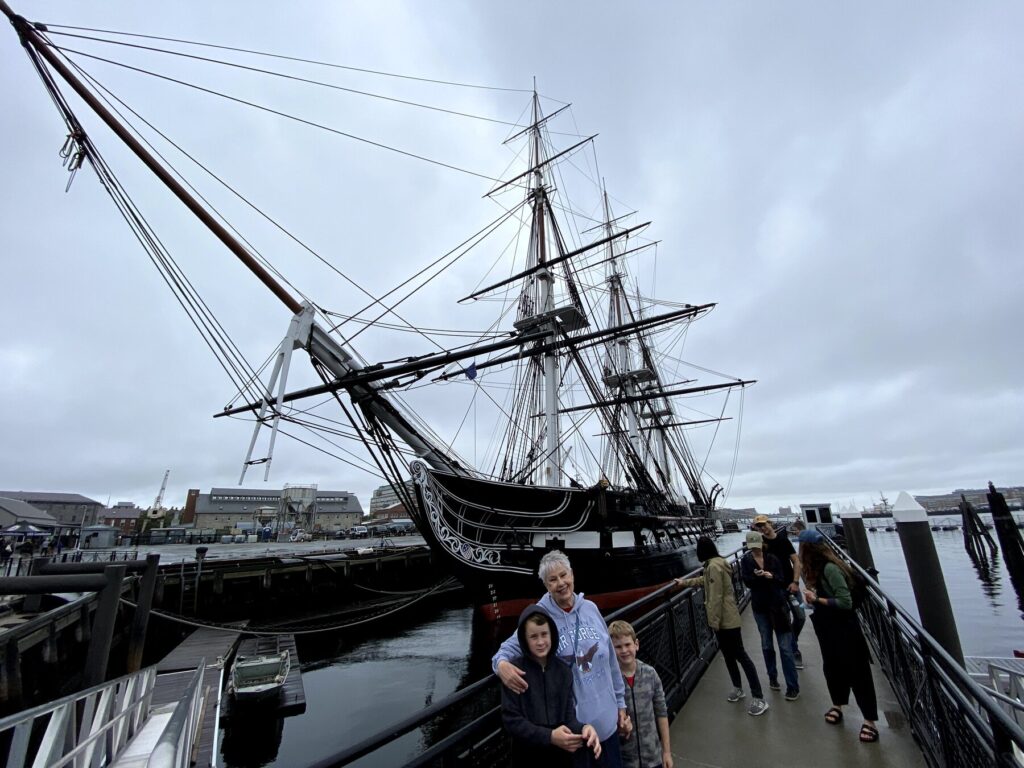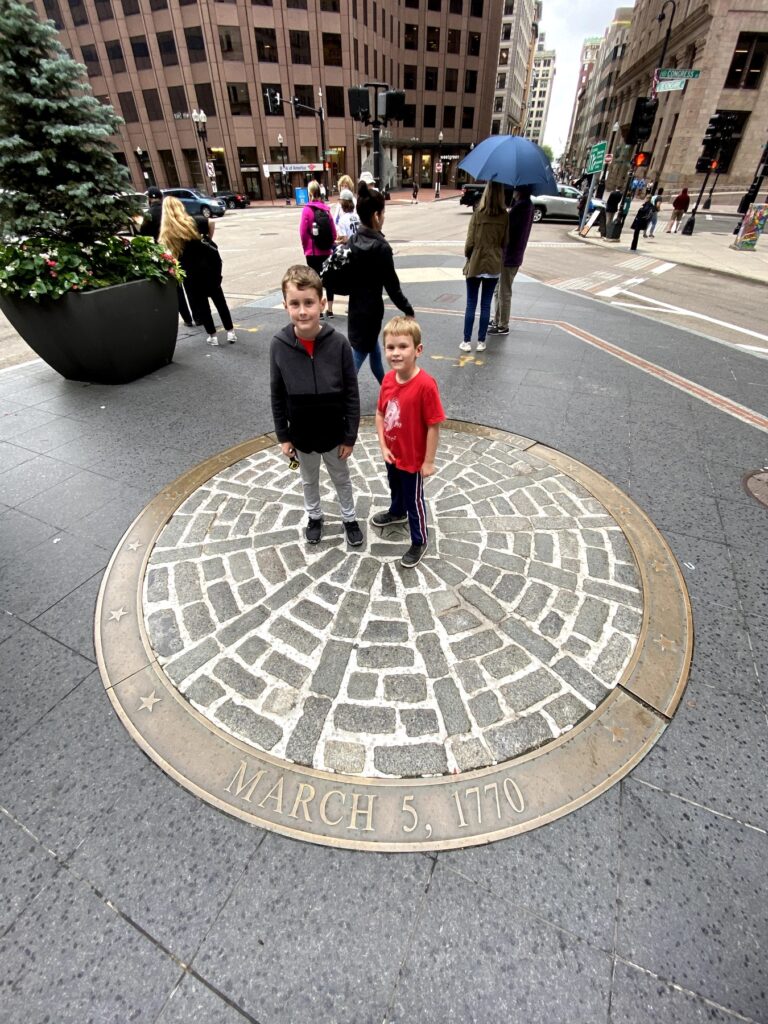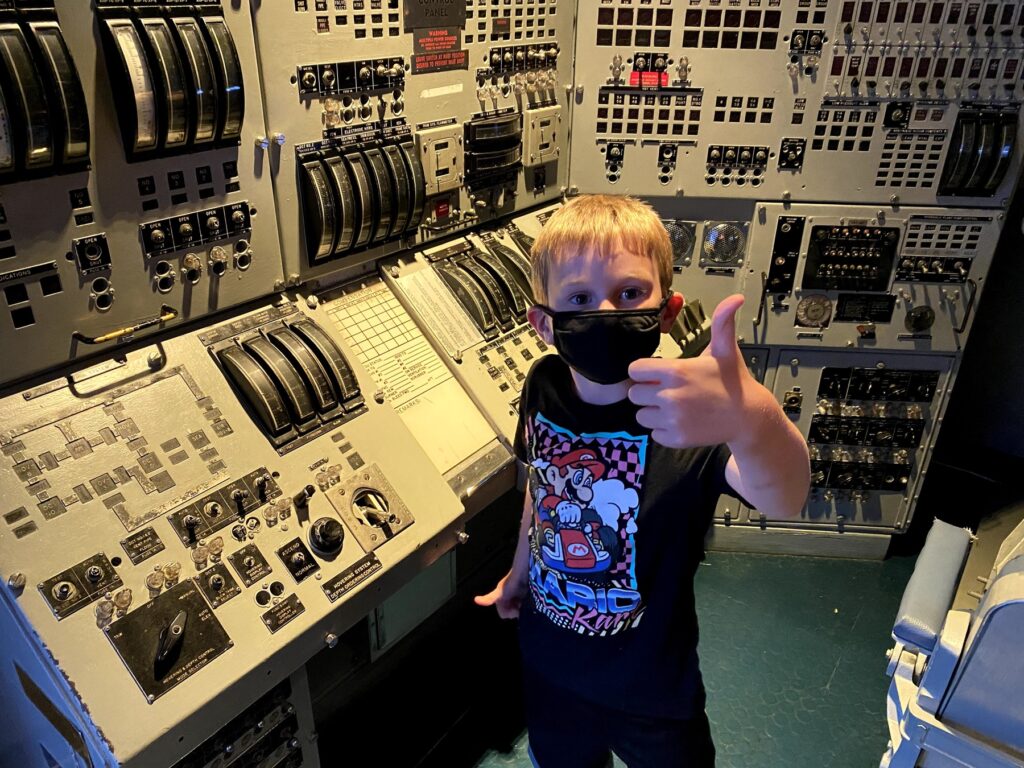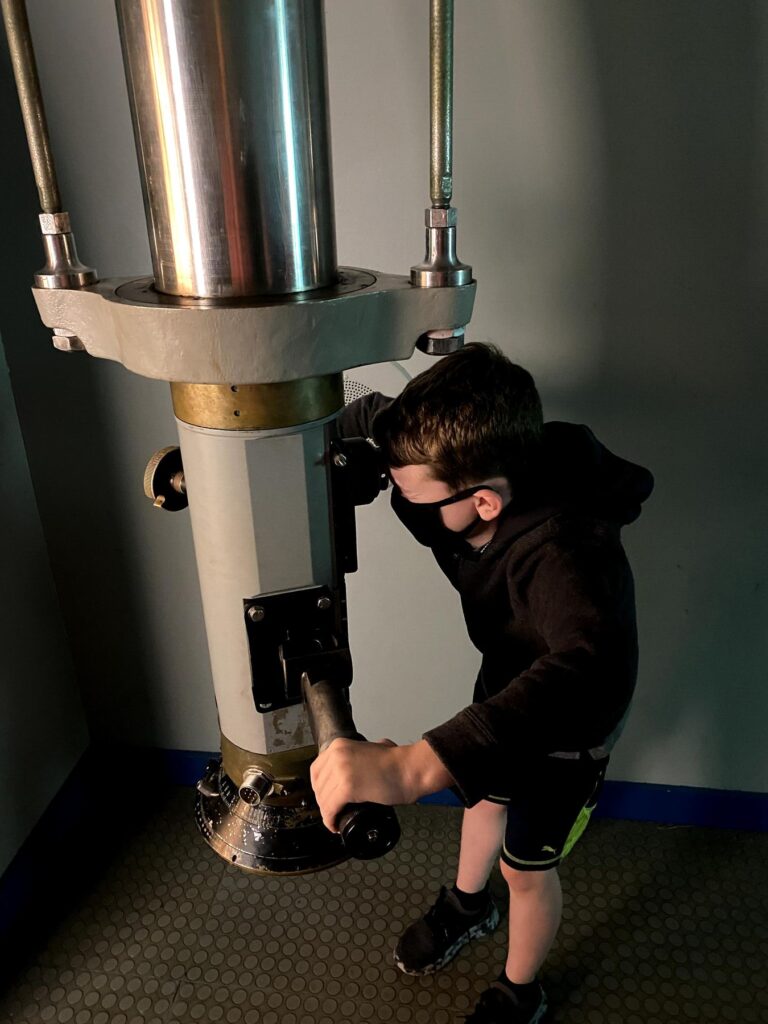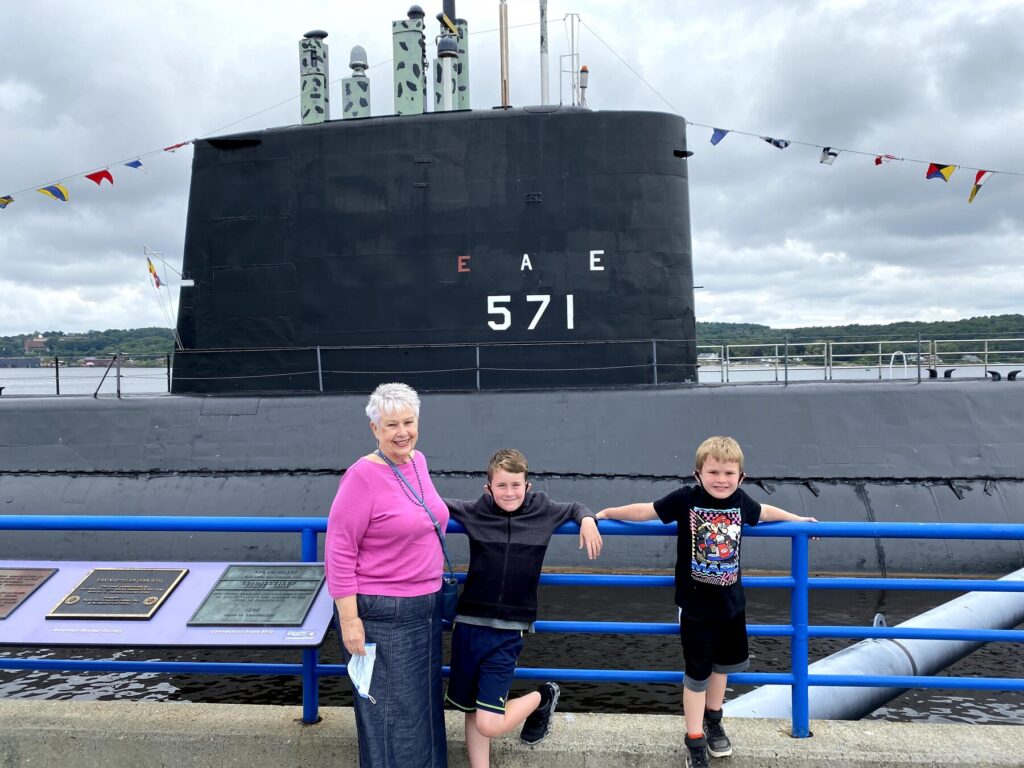Battlefield Visits, Epic Man Trip Edition – Part 2: Sites Around Charleston
From my travels, June 25, 2023.
We were all set to spend a few days in Charleston, so we spent the first day going around town to a few different historical sites.
Fort Moultrie
We started our morning at Fort Moultrie. This is a very cool NPS site that covers the history of coastal fortification from the Revolutionary War through WWII. Each face of the fort is interpreted as a different era. It’s a pretty cool idea.
I think my crew most enjoyed the WWII-era Harbor Control Station, with it’s control tower and underground radio room. There were awesome views from the top of the tower of the entrance to the harbor – including over to Fort Sumter and Morris Island (not to get too ahead of myself).
The boys were also able to earn their first Junior Ranger badges of the “Man Trip” here. The ranger who helped us with that also gave us the packets and badges for our next stop, as it was not staffed on the day we visited.

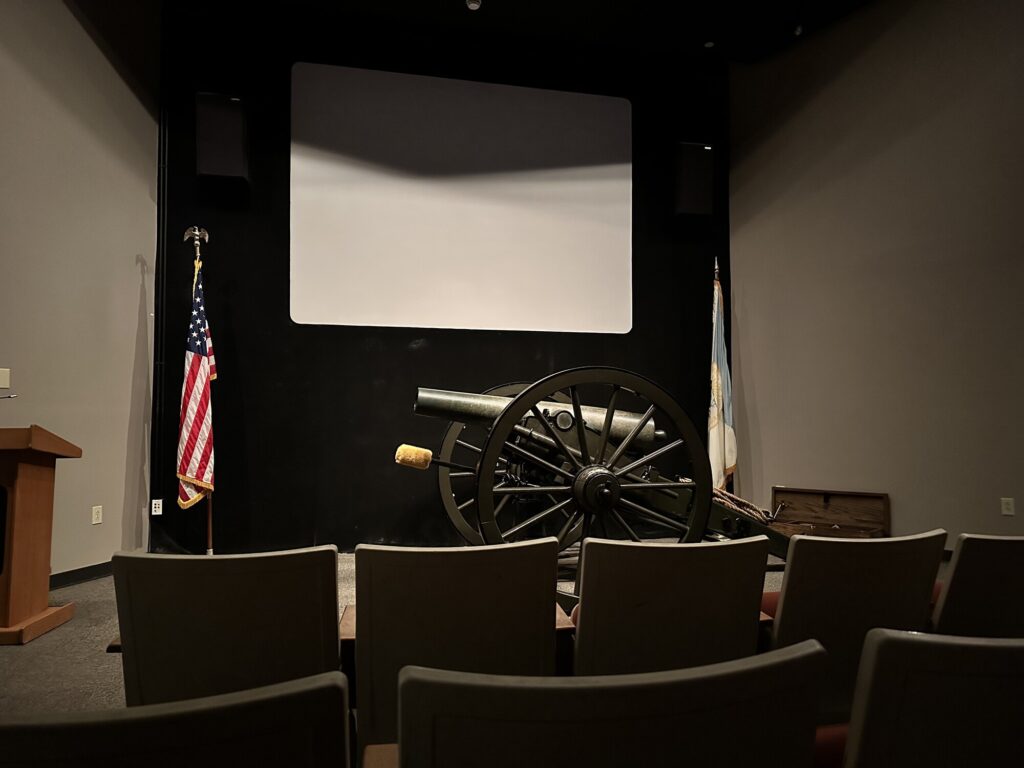
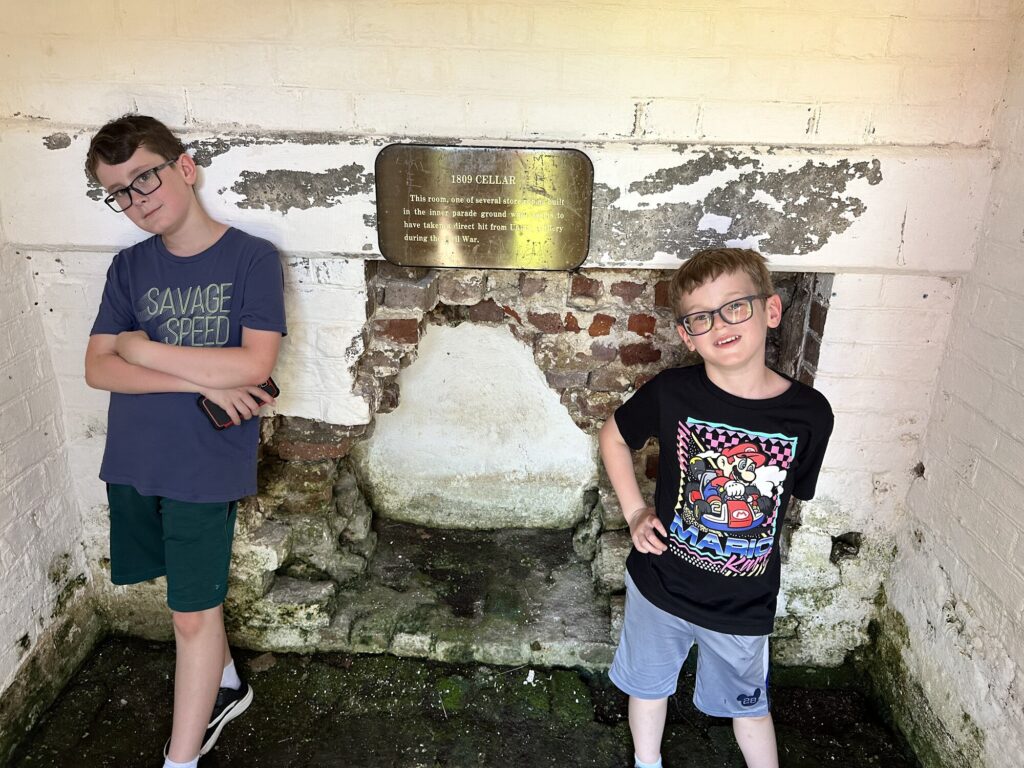
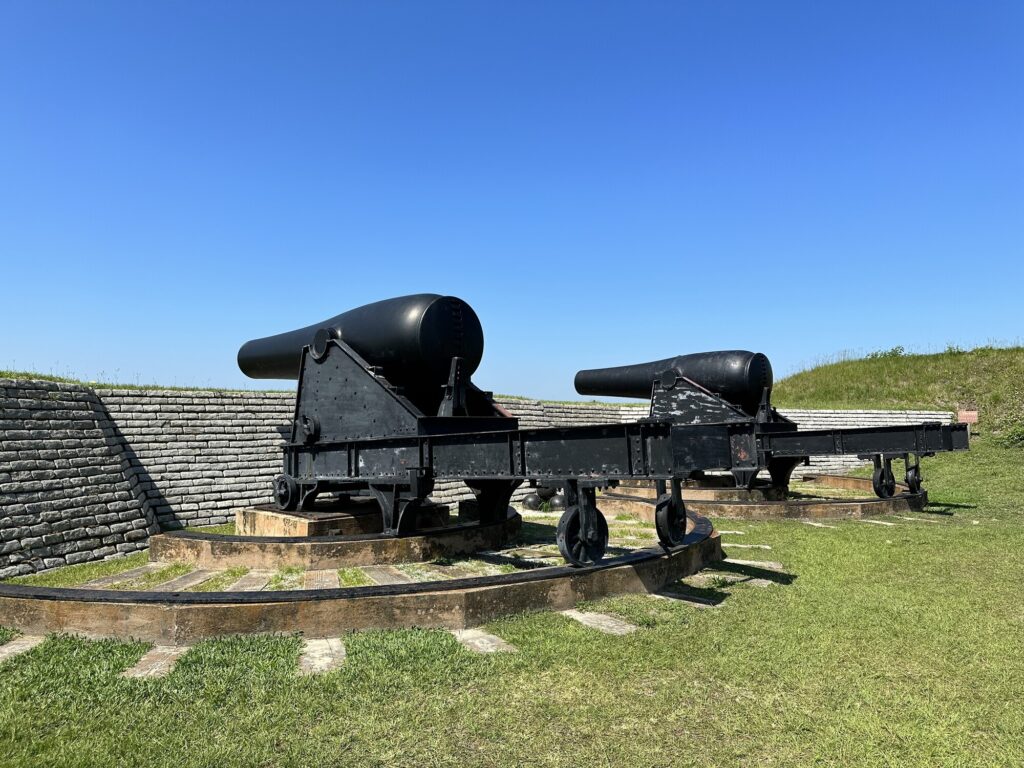
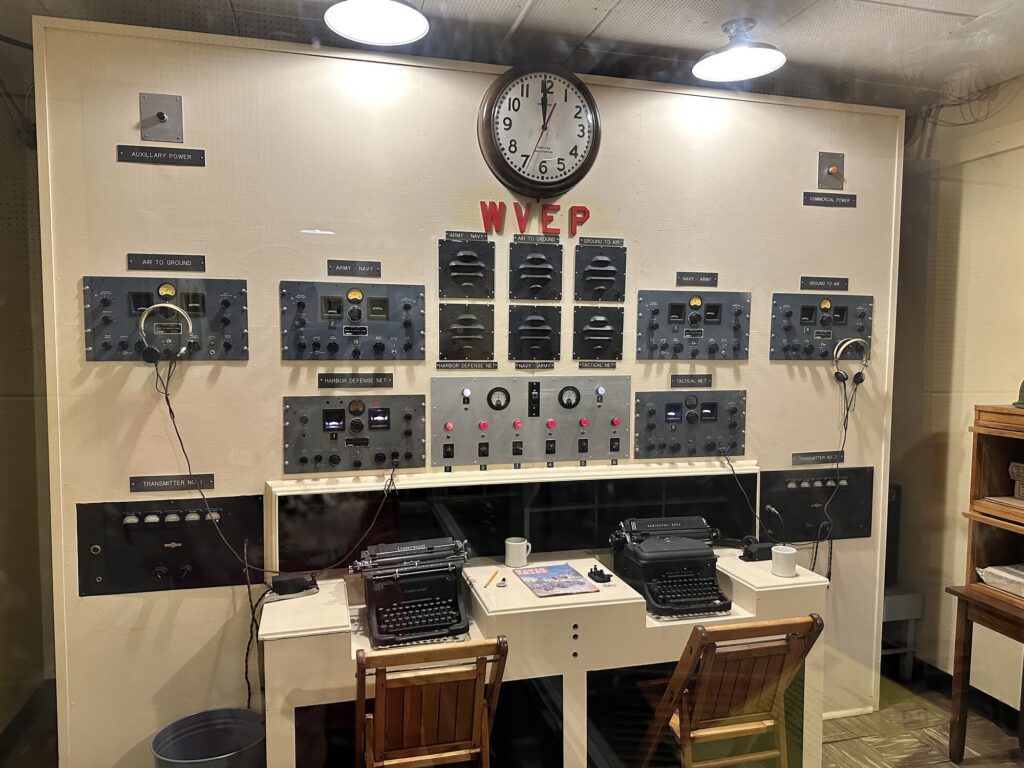
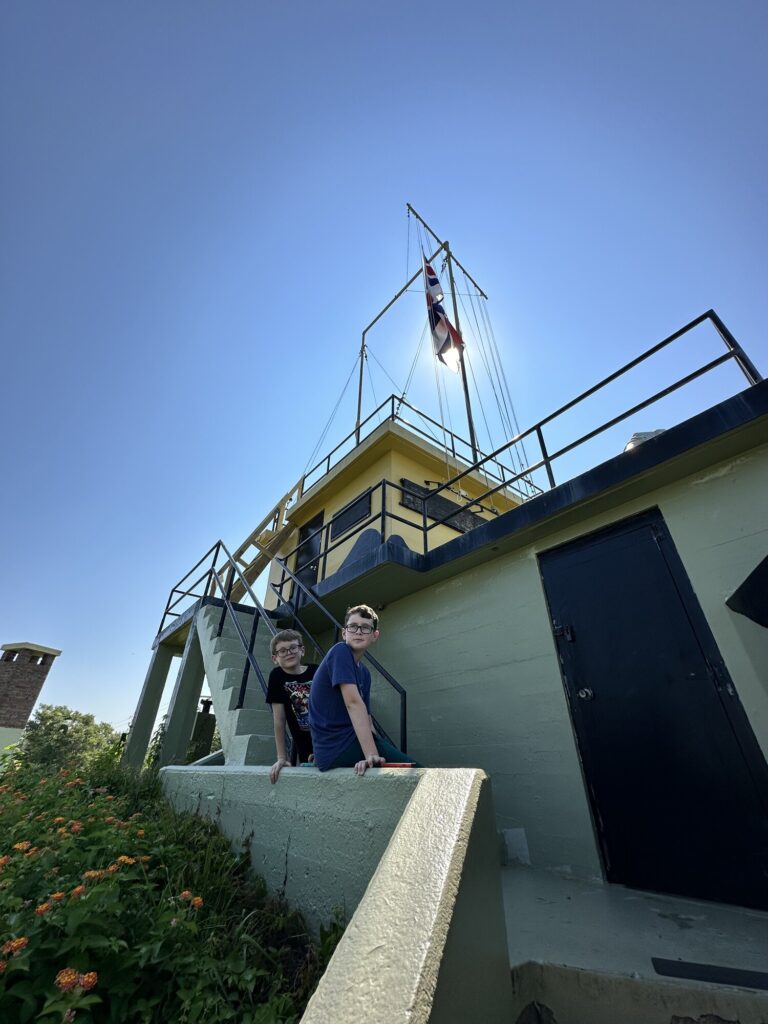

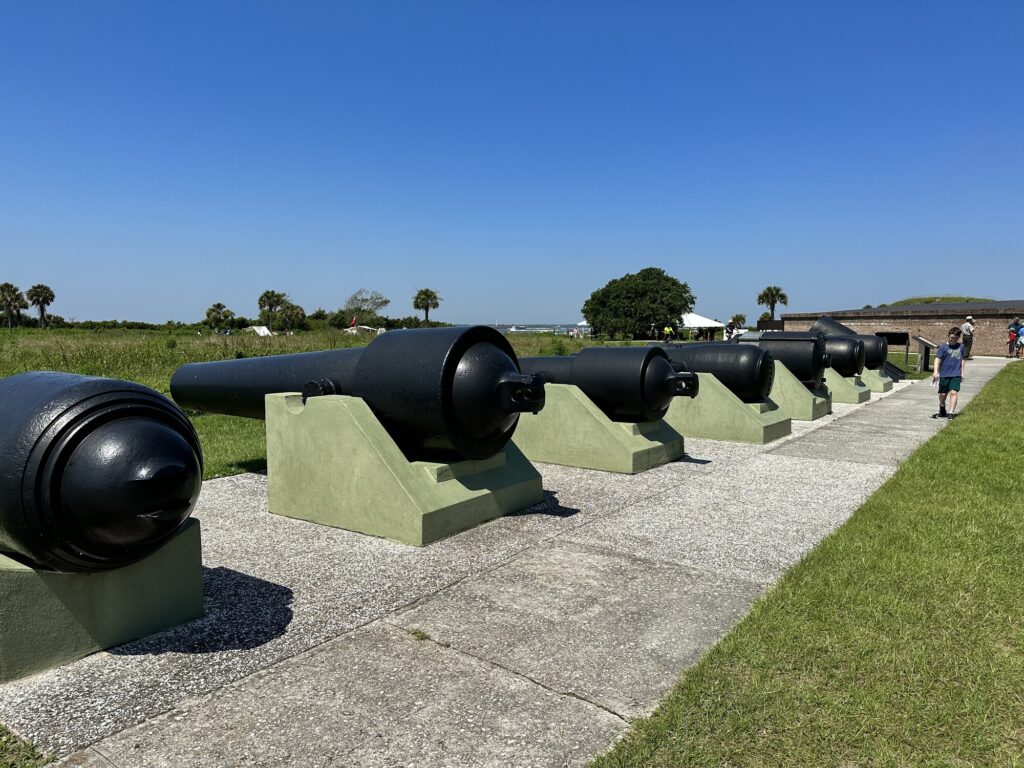
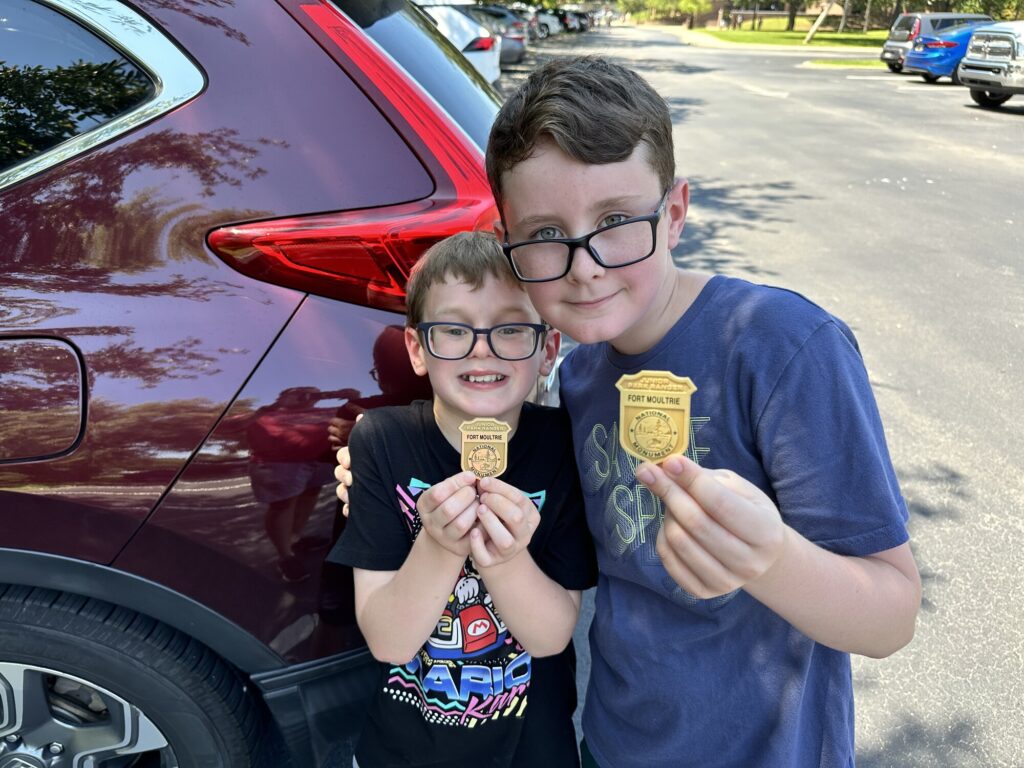
Charles Pinckney National Historic Site
There isn’t a lot of historical interpretation going on at Charles Pinckney National Historic Site without the visitors center open, nor any NPS personnel of any kind, which is a shame.
The house that is here now is also not the original structure, and the story of the enslaved people who actually worked the fields is fairly weakly presented. Most of the property that was at one time a plantation is now neighborhoods.
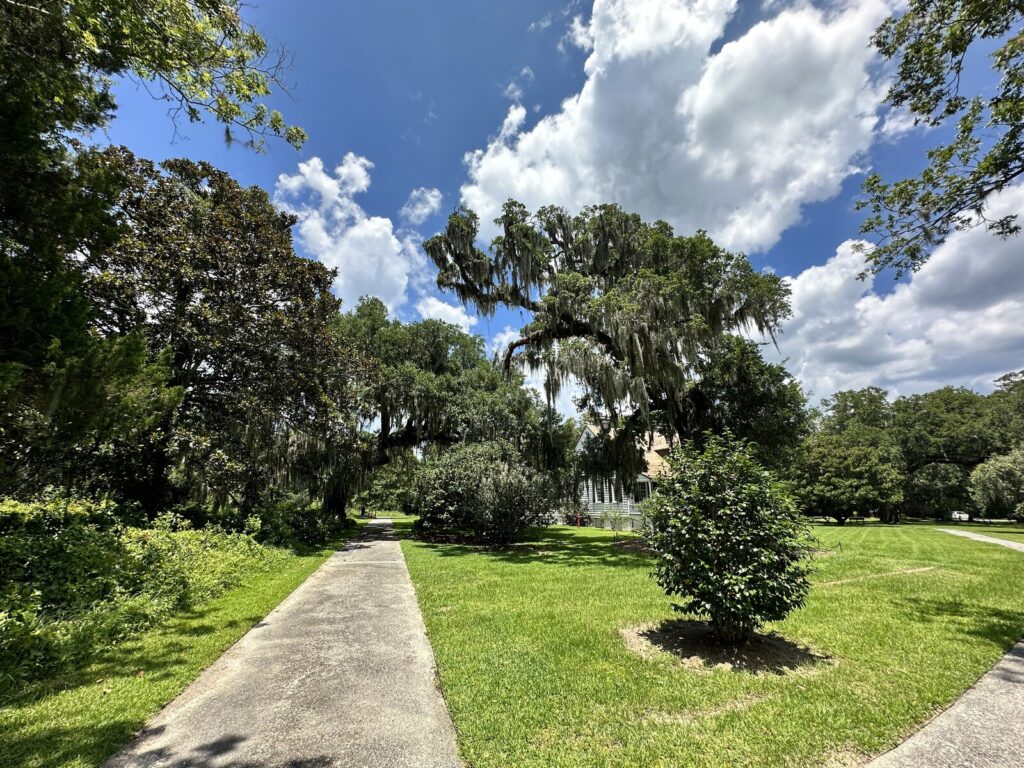
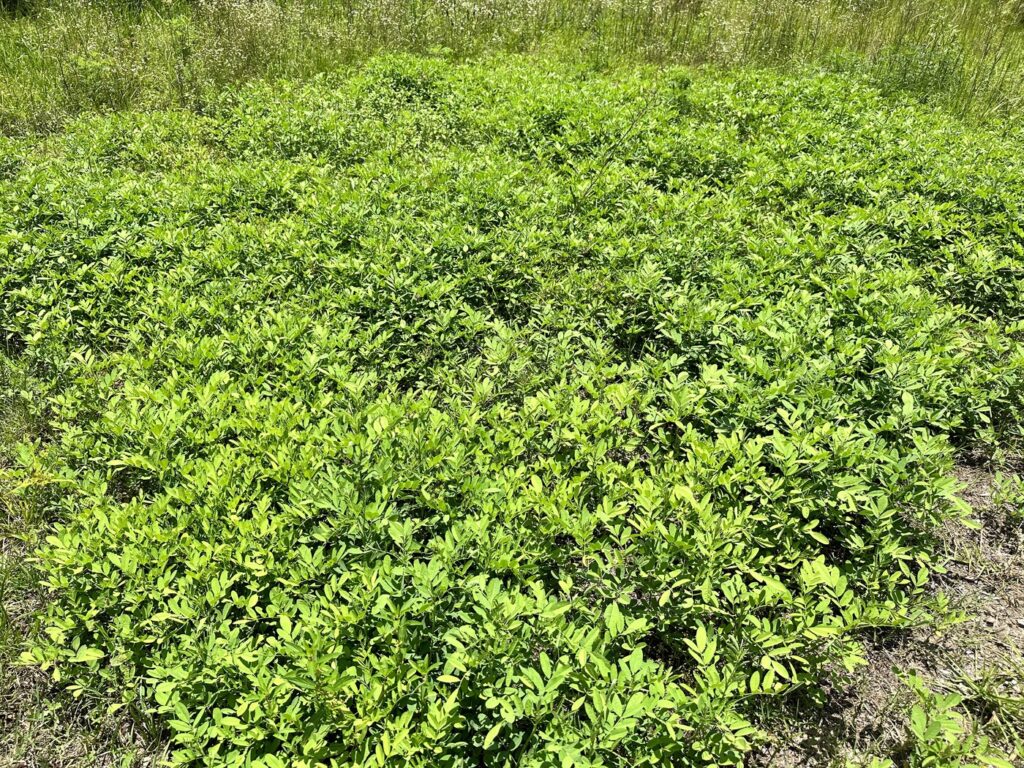
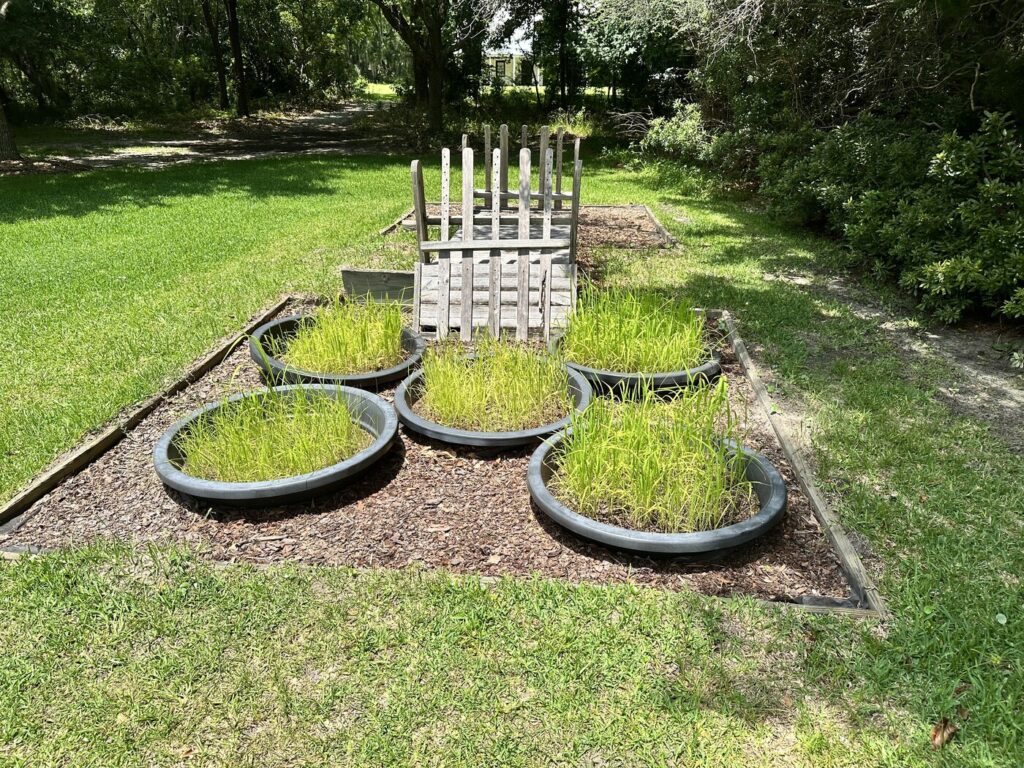
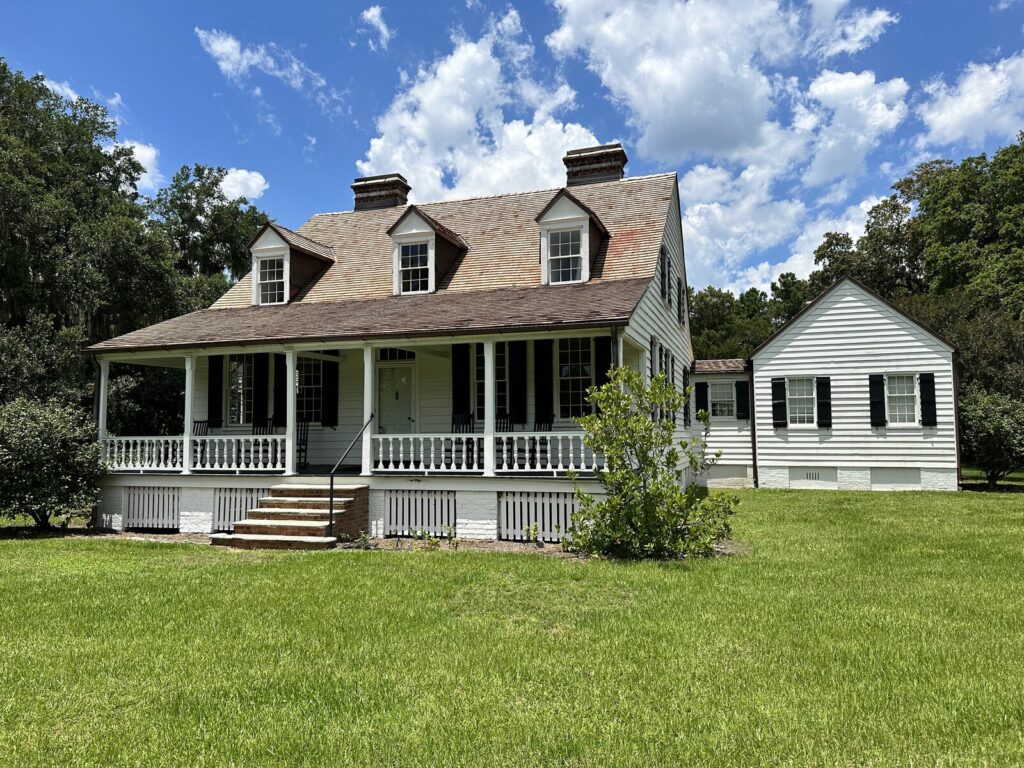
Still, they have some nice nature paths (though the boys were a little freaked-out by warnings of venomous snakes, ticks, and fire ants). We saw rice and indigo growing – two crops that Pinckney had raised on the plantation.
The boys were able to get their Junior Ranger badges by filling in some blanks with our own research.
Battle of Simmon’s Bluff – Civil War Battlefield #162
Strap in, folks. The Battle of Simmon’s Bluff is a weird one.
Disrupting supply lines was a major theme of many Civil War operations. Perhaps cutting some of the rail lines into Charleston would cause the city to fall. That was the thinking from the US commanders in the summer of 1862.
Here at Simmon’s Bluff, a single Union regiment, the 55th PA, boarded a transport ship and – escorted by a single US Navy gunboat – steamed up the Wadmalaw River, landing at Yonges Island. Their objective was to attempt to wreck the Charleston & Savannah Railroad. During their march toward that objective, they came upon a Confederate camp that was not well guarded. The surprised rebels fled in panic and the Federal troops raided and burned the now-empty camp site. Apparently satisfied with their handiwork, they turned around, returned to their boat, and left.
There were NO casualties here at all. The attackers’ objective was not achieved even though there doesn’t appear to have been ANY defense mounted. It’s a…Union victory? There are no monuments. No markers. No road-side signs. You’d never know that anything ever happened here. I can’t find any maps of the “action” or the Confederate camp in the Official Records – the only way that I found out the location was to look at the CWSAC maps and poke around the general area they described.
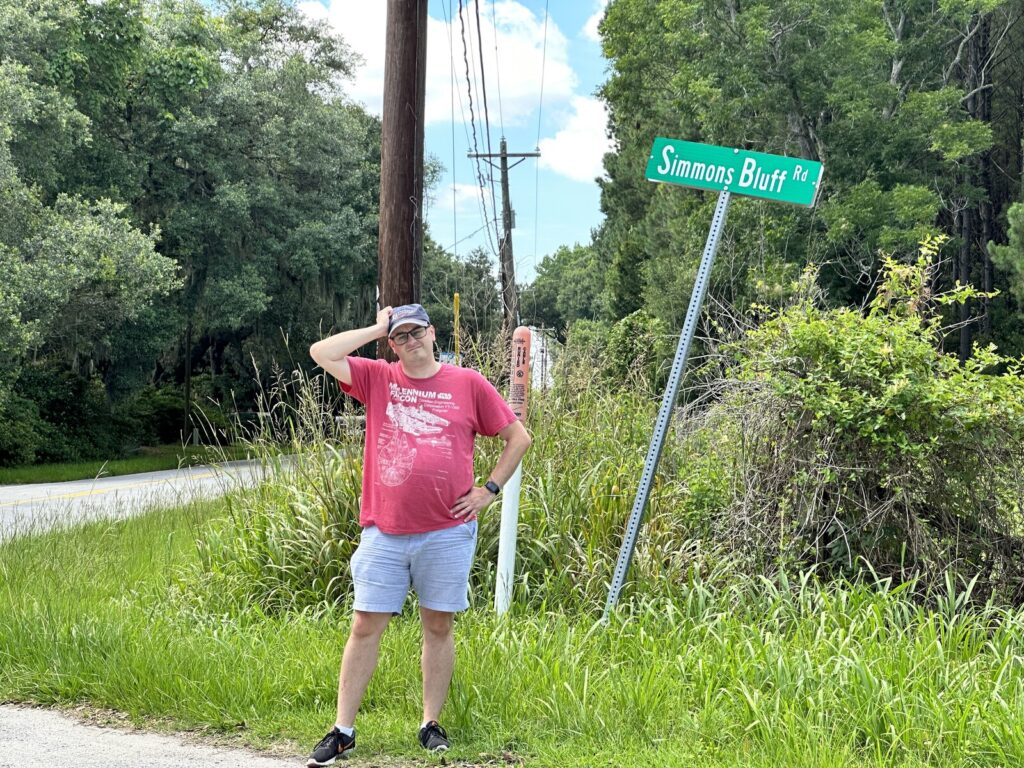
I’m really scratching my head and struggling to figure out how this was ever labelled as an “official” “battle” of the Civil War.
Battle of Grimball’s Landing – Civil War Battlefield #163
A small Union force was landed here as a distraction during the main attack on Fort Wagner at the mouth of Charleston Harbor. This “demonstration” attack was the Battle of Grimball’s Landing. Both failed. The Confederates were well-entrenched around Charleston.
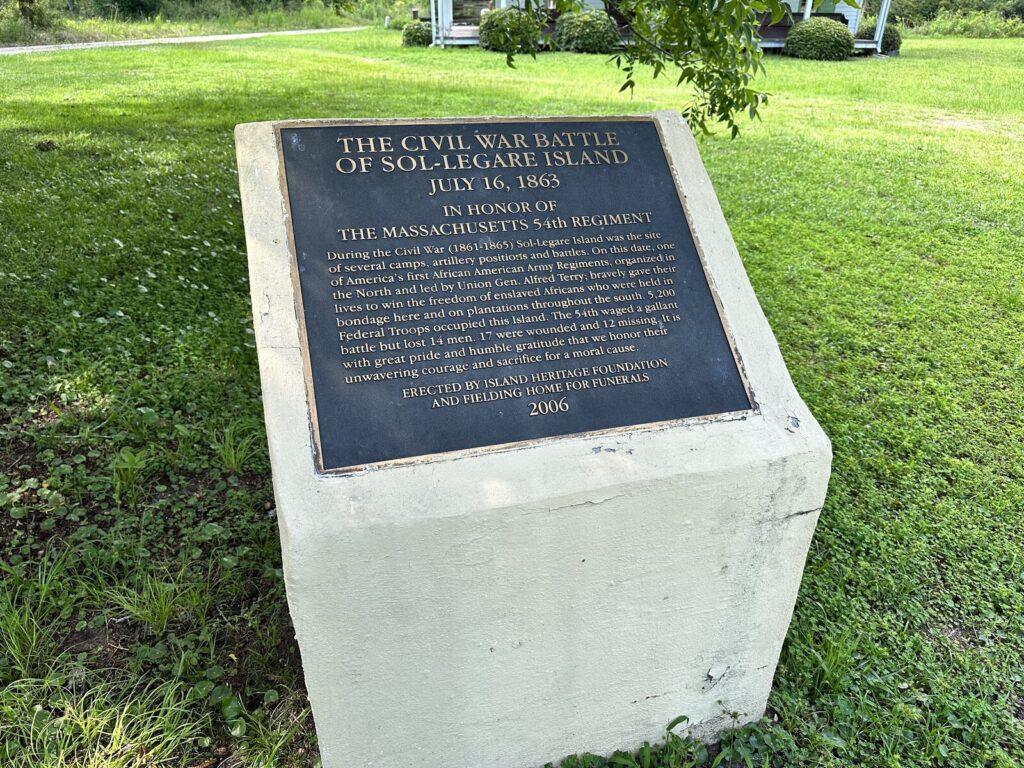
One bright spot is that the rebels were not able to get around behind the Union forces to cut them off from an escape route because of the brave defense mounted by the 54th Massachusetts Infantry (of “Glory” fame). This was their first battle action and they performed very well.
There is a small monument here – mostly to the 54th MA – in front of the Seashore Farmers Lodge Museum. Not much else to see.
Battle of Secessionville – Civil War Battlefield #164
Believe it or not, the name of the town here pre-dates the Civil War. I believe it had something to do with a familial split of some sort.
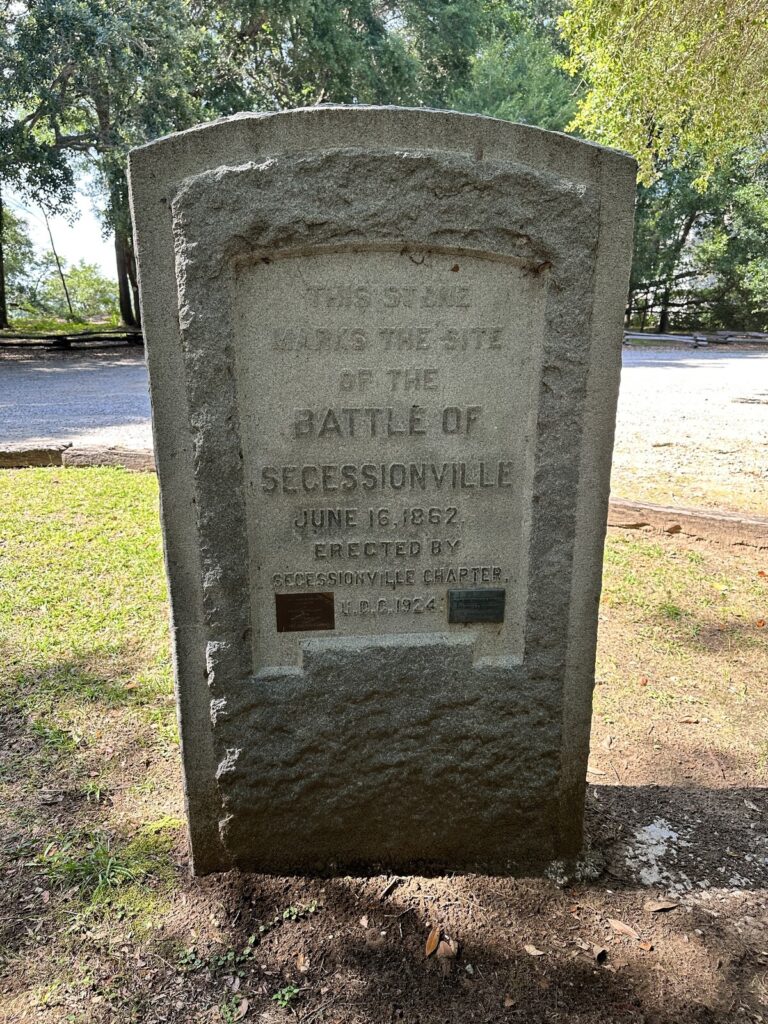
Regardless, the Battle of Secessionville was one of the first attempts by the Union army to re-take Charleston by land. A set of clumsy, ill-planned, and uncoordinated attacks were easily repulsed by the strong Confederate fortifications – most notably Fort Lamar – here amongst the swamp land. The Union commander, Brig. Gen. Henry Benham, attempted to deflect criticism of the blunder by trying to claim that he didn’t “attack” but merely conducted a “reconnaissance in force.” I don’t think anyone believes that.

There is a small park here, and a friends group of some kind who seems to care for the fort, but the interpretation requires A LOT of imagination. There’s only one section of earthworks left that looks anything like earthworks. One thing that’s easy to see is how impossible this position was to attack because of the narrow approach through the wetlands.
Angel Oak
Since we were on the southwest side of town anyway, we might as well stop by and see the Angel Oak – a massive oak tree that is estimated to be as many as 400 years old. It’s pretty incredible to be in the presence of a living thing that has stood that long.
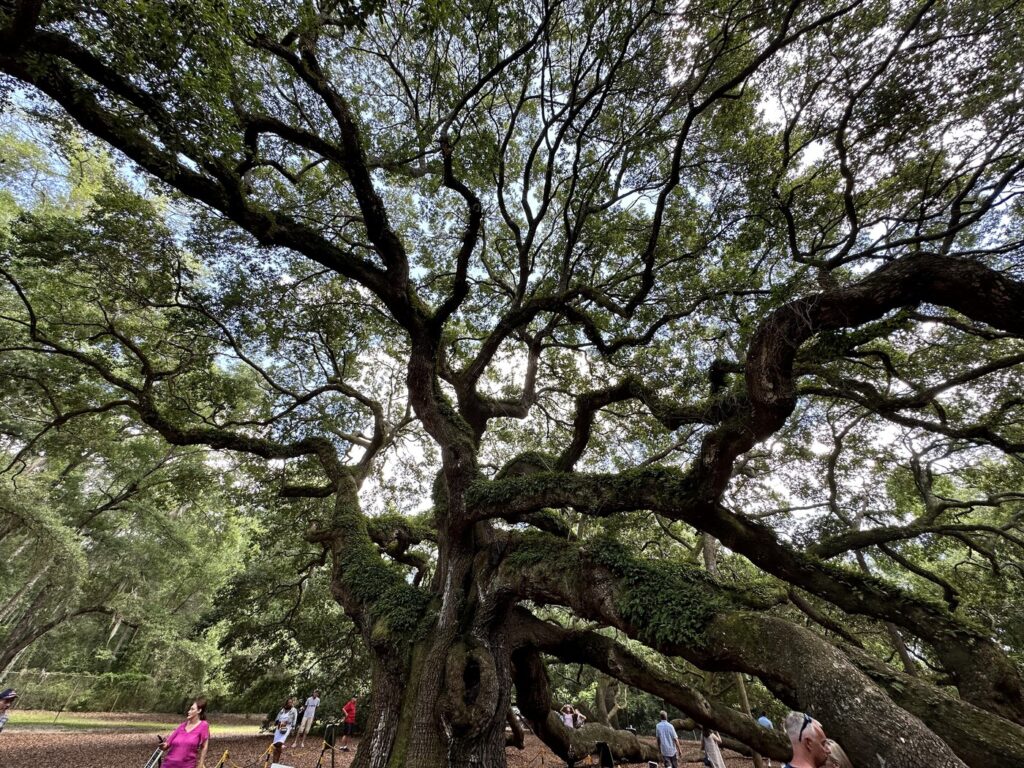
After a busy day running around to different sites on the outskirts of Charleston, it was nice to get some pizza near our hotel and hang out by the pool. The next day would bring some really awesome activities.
